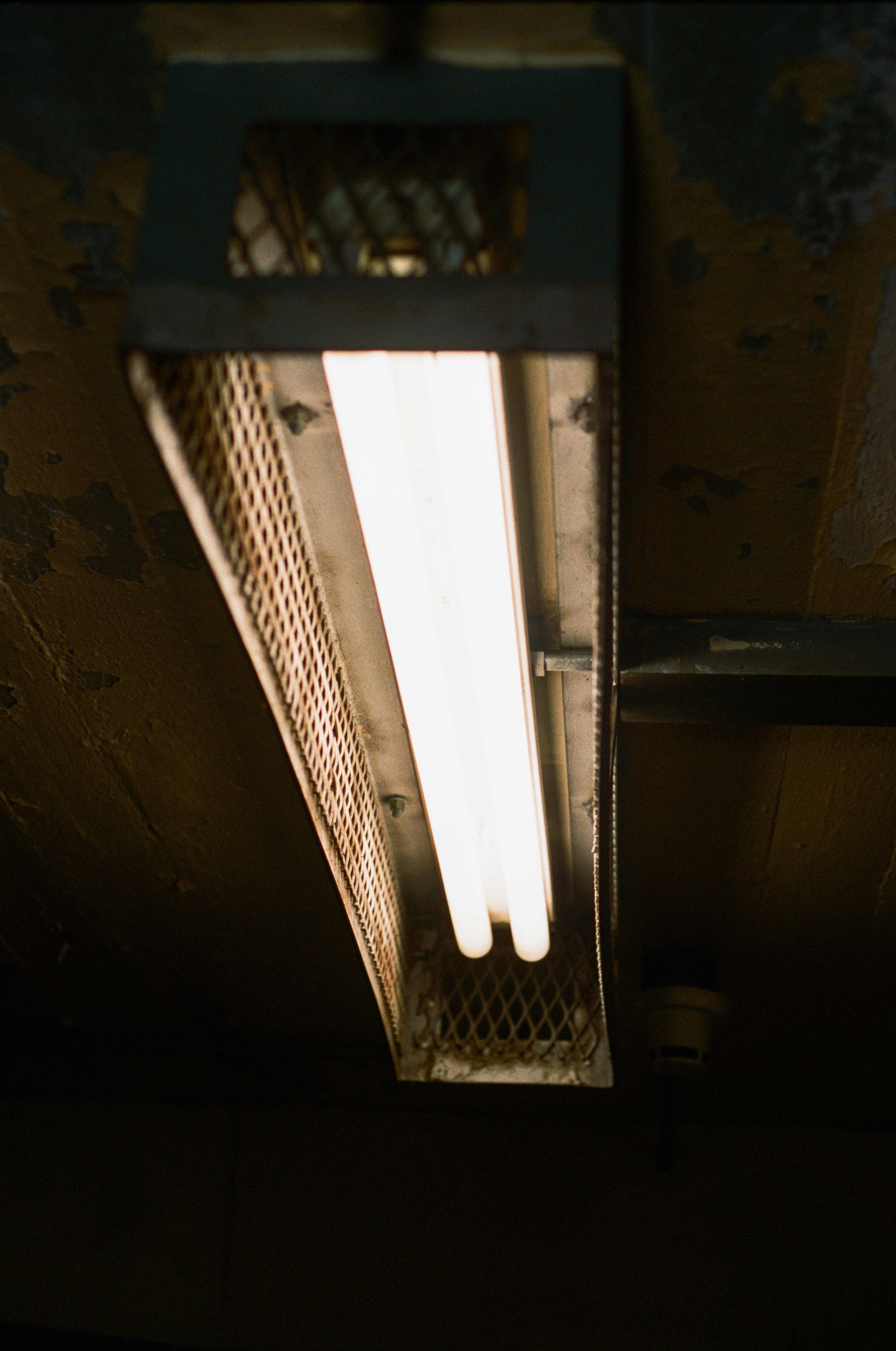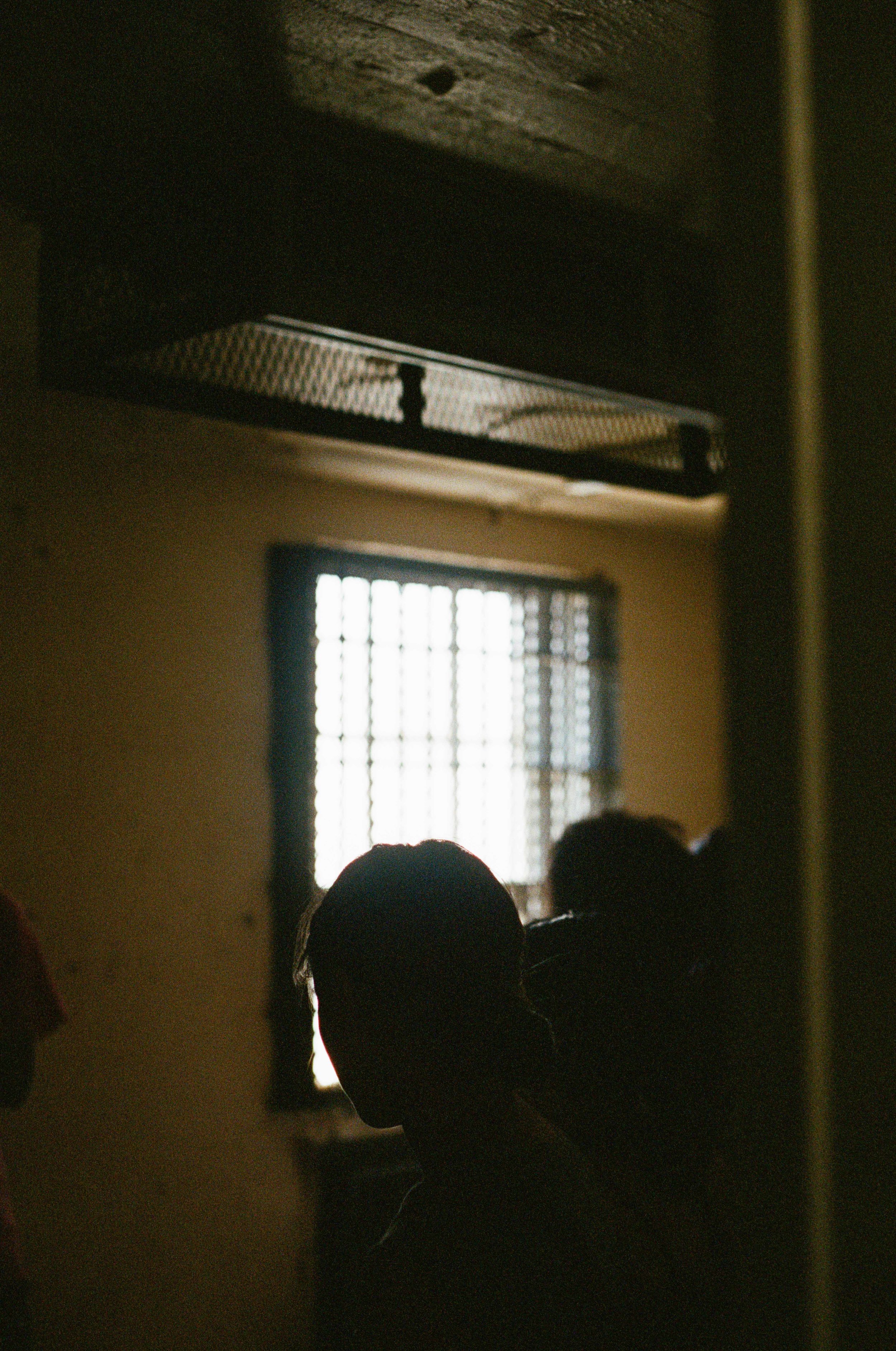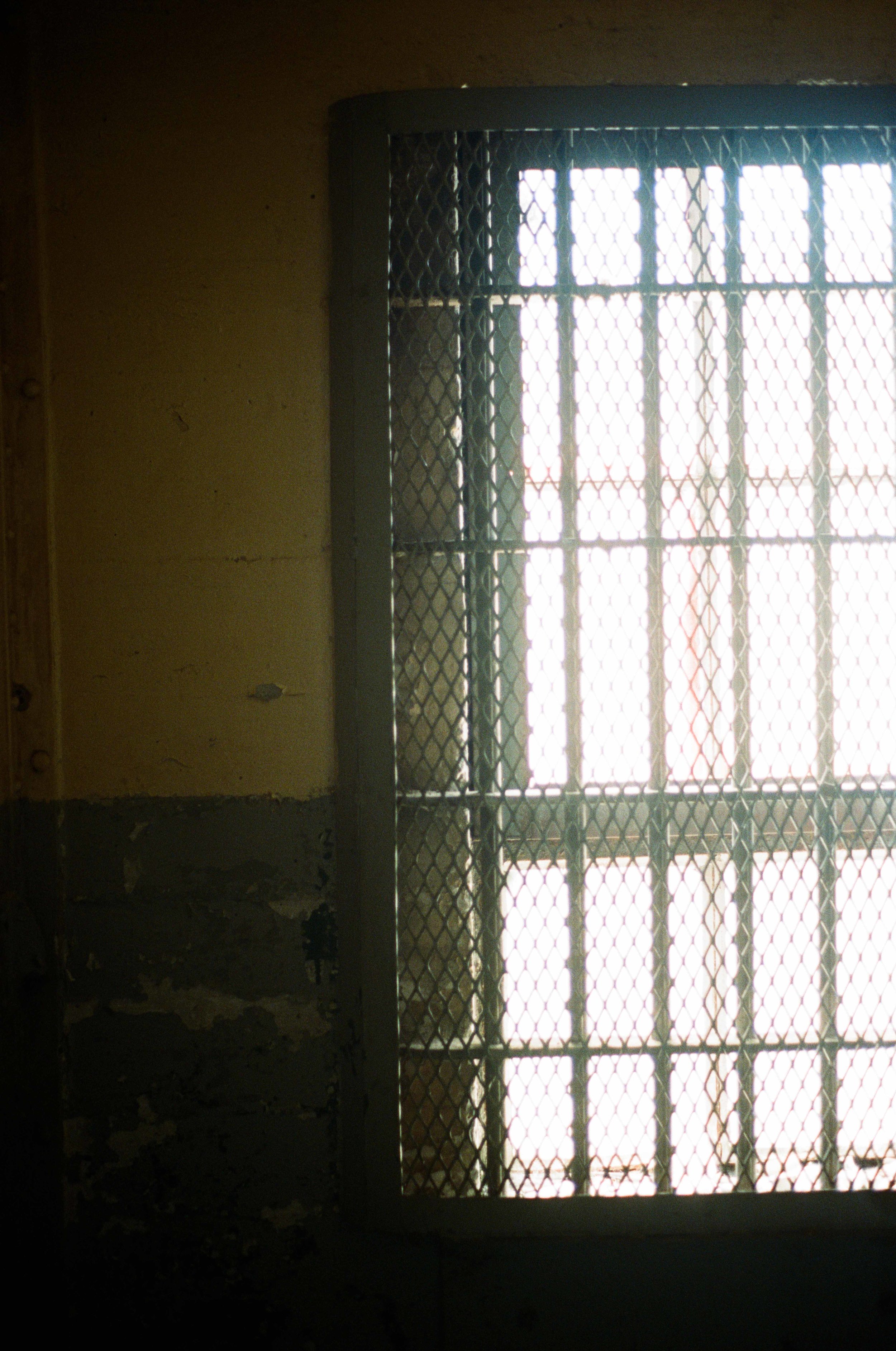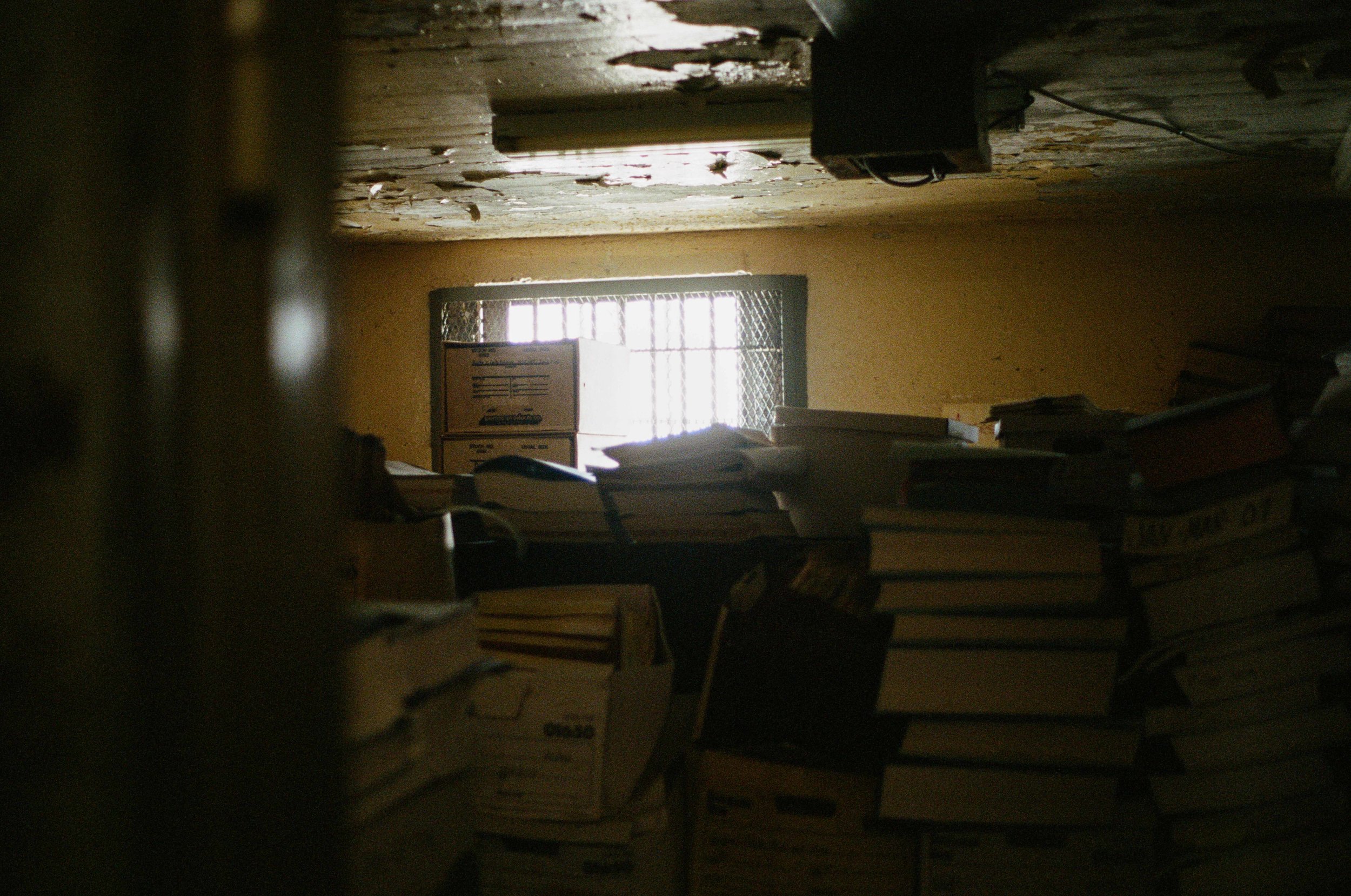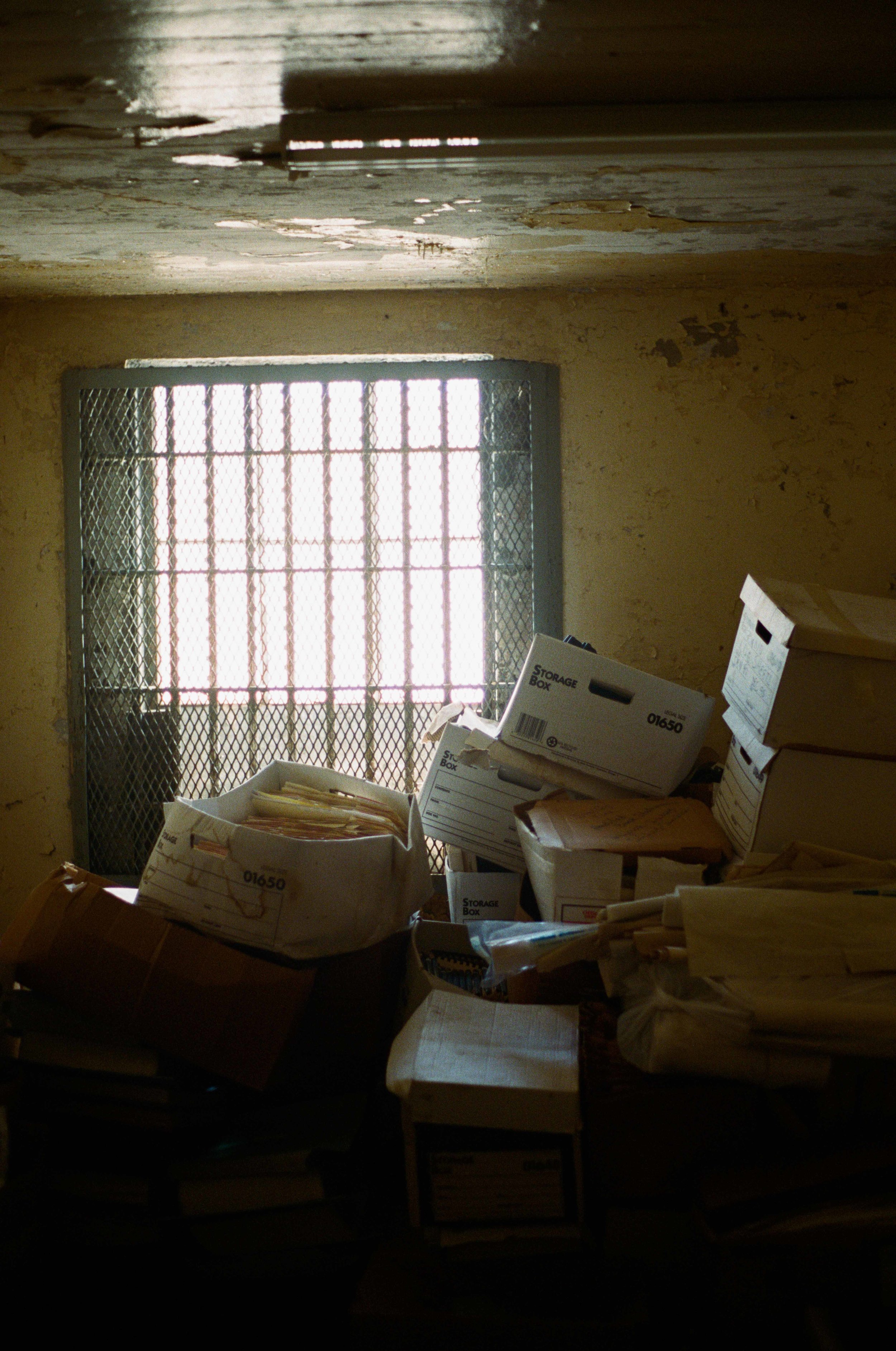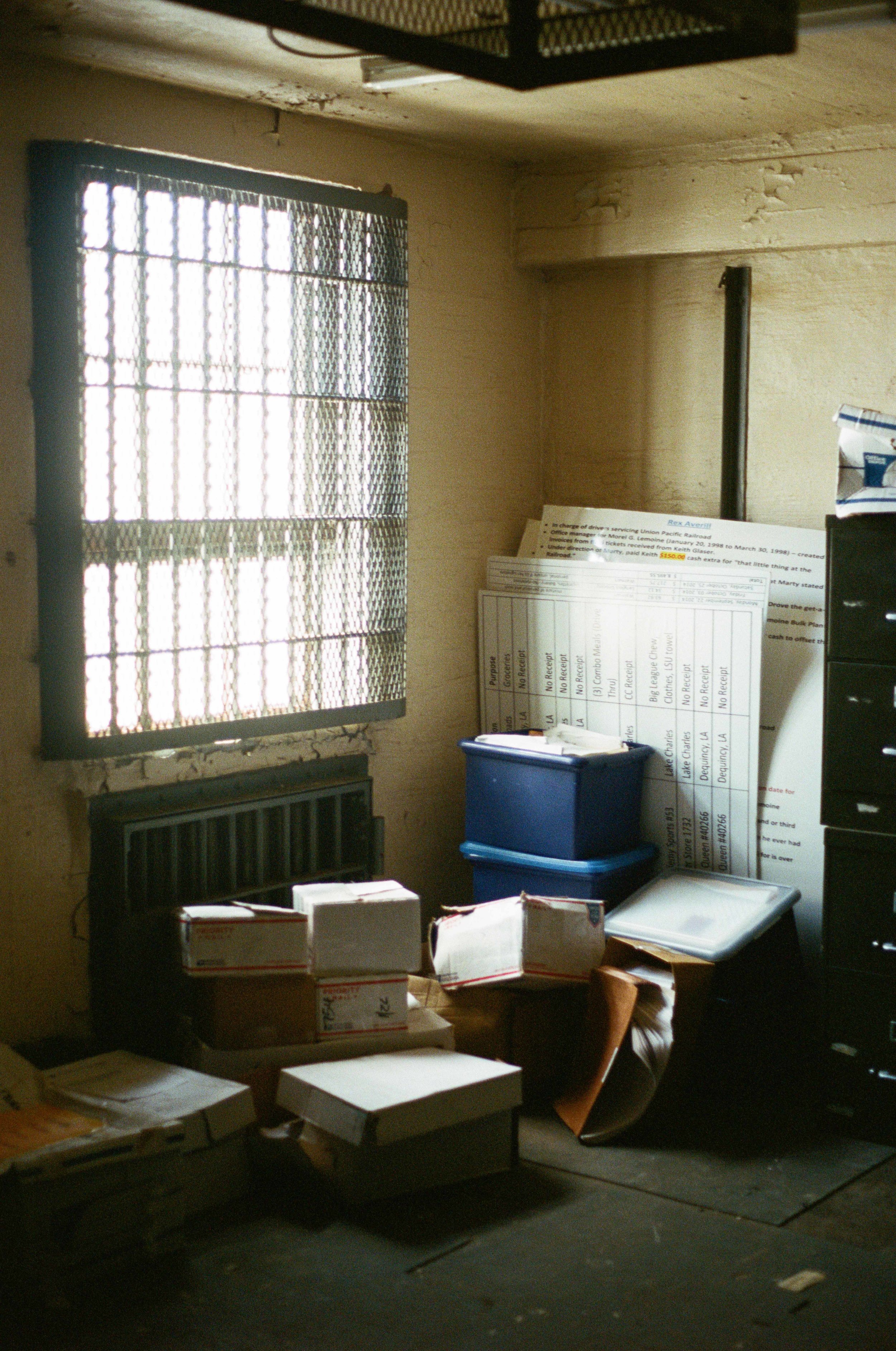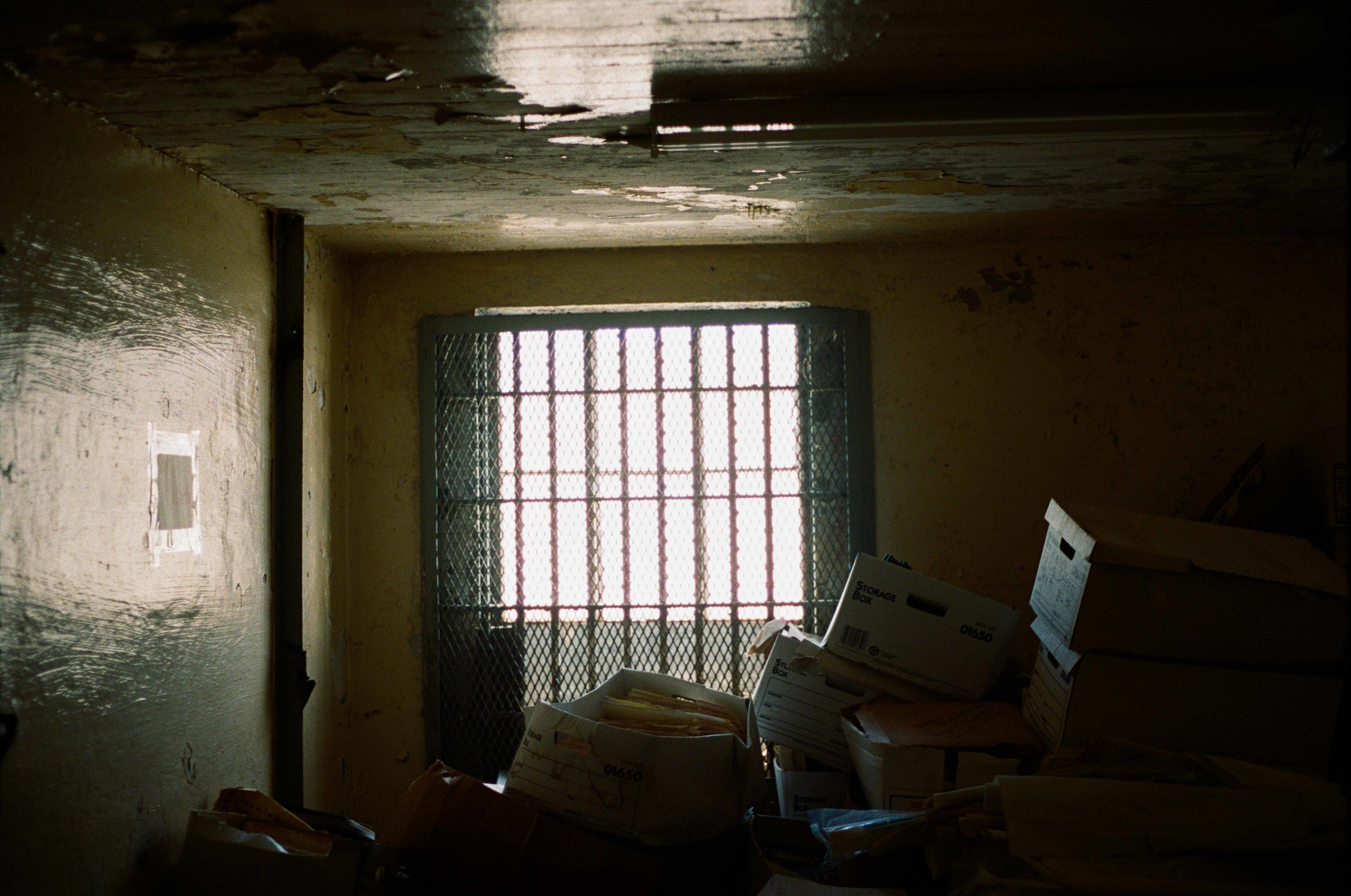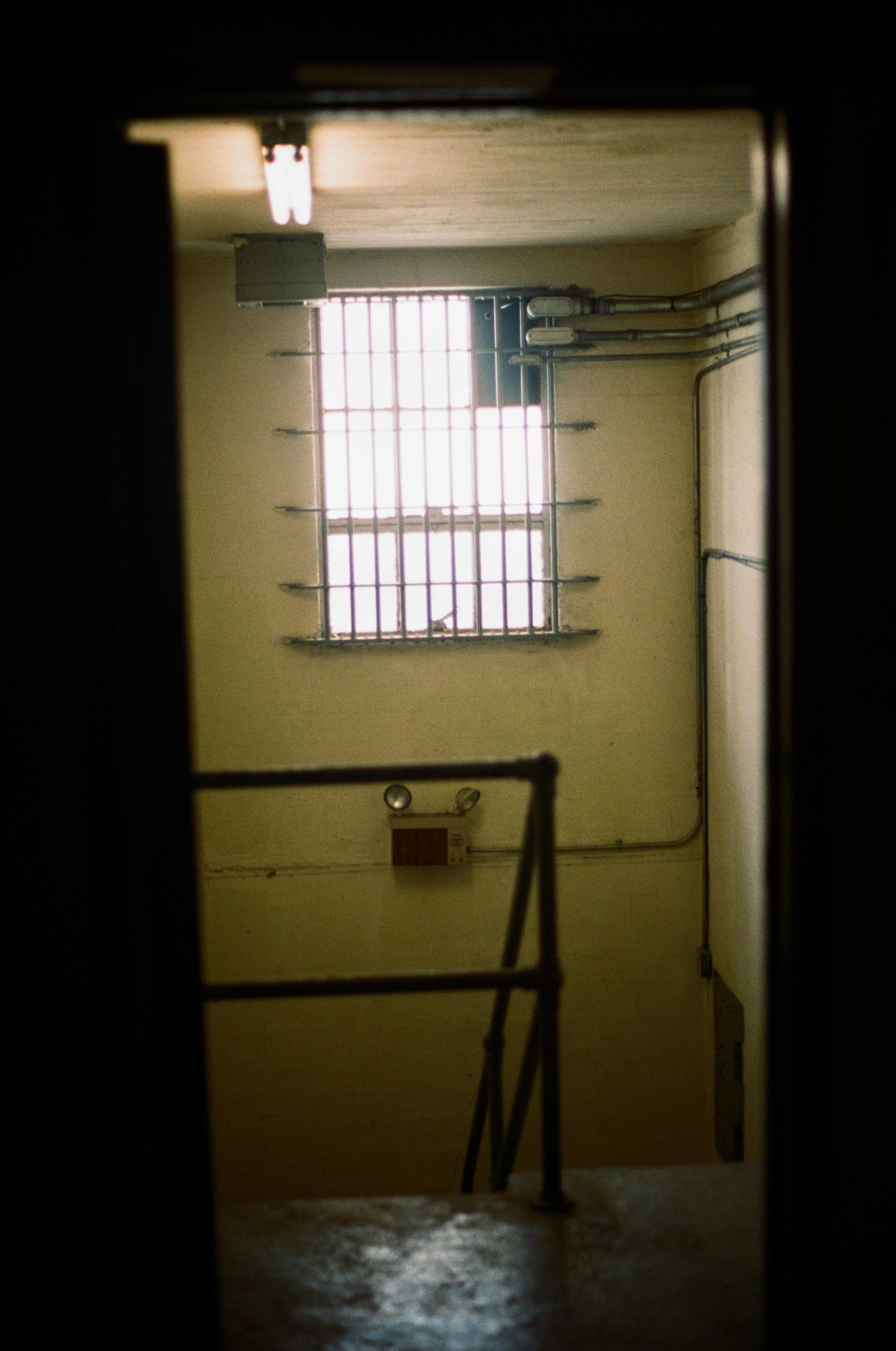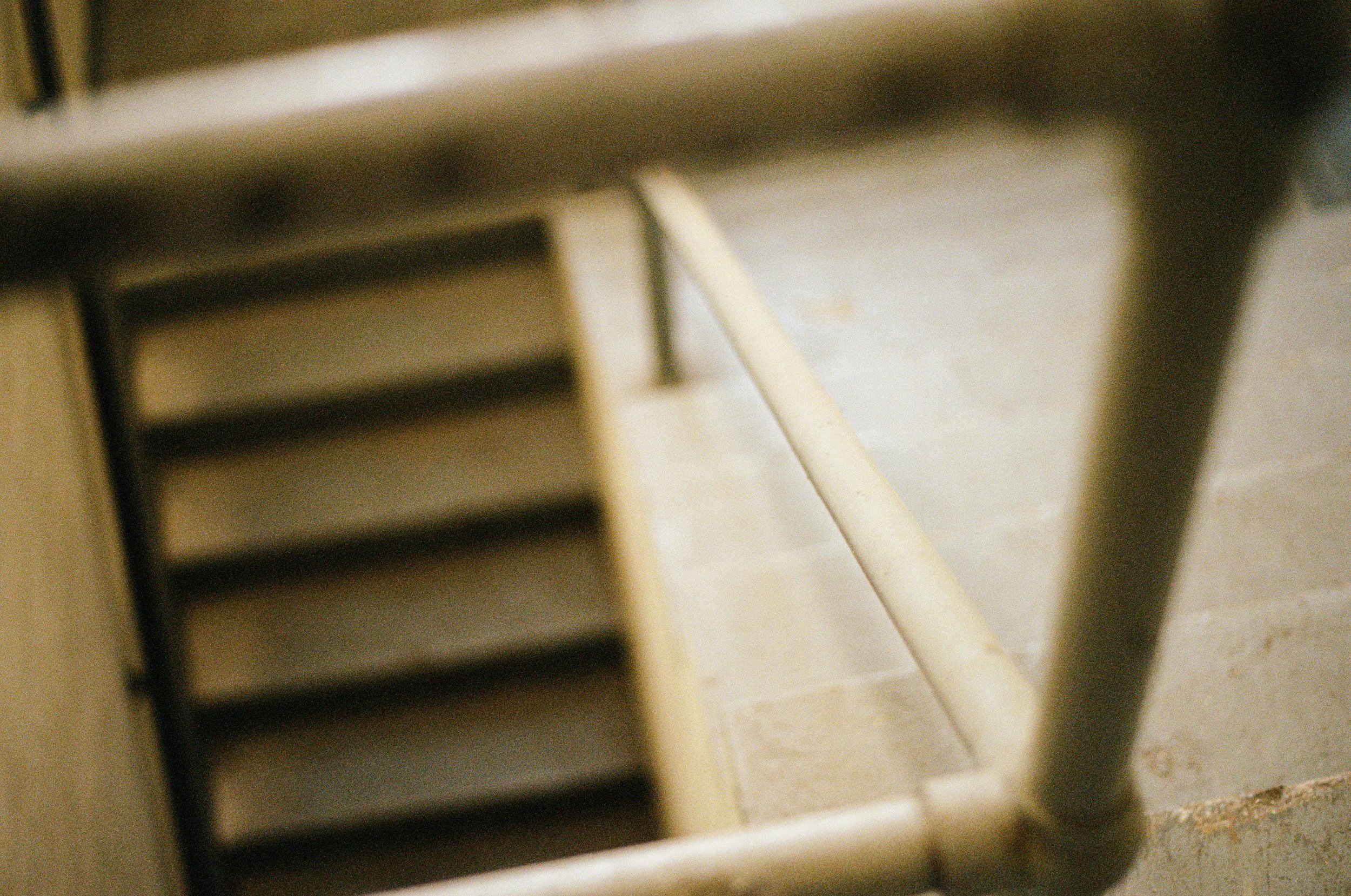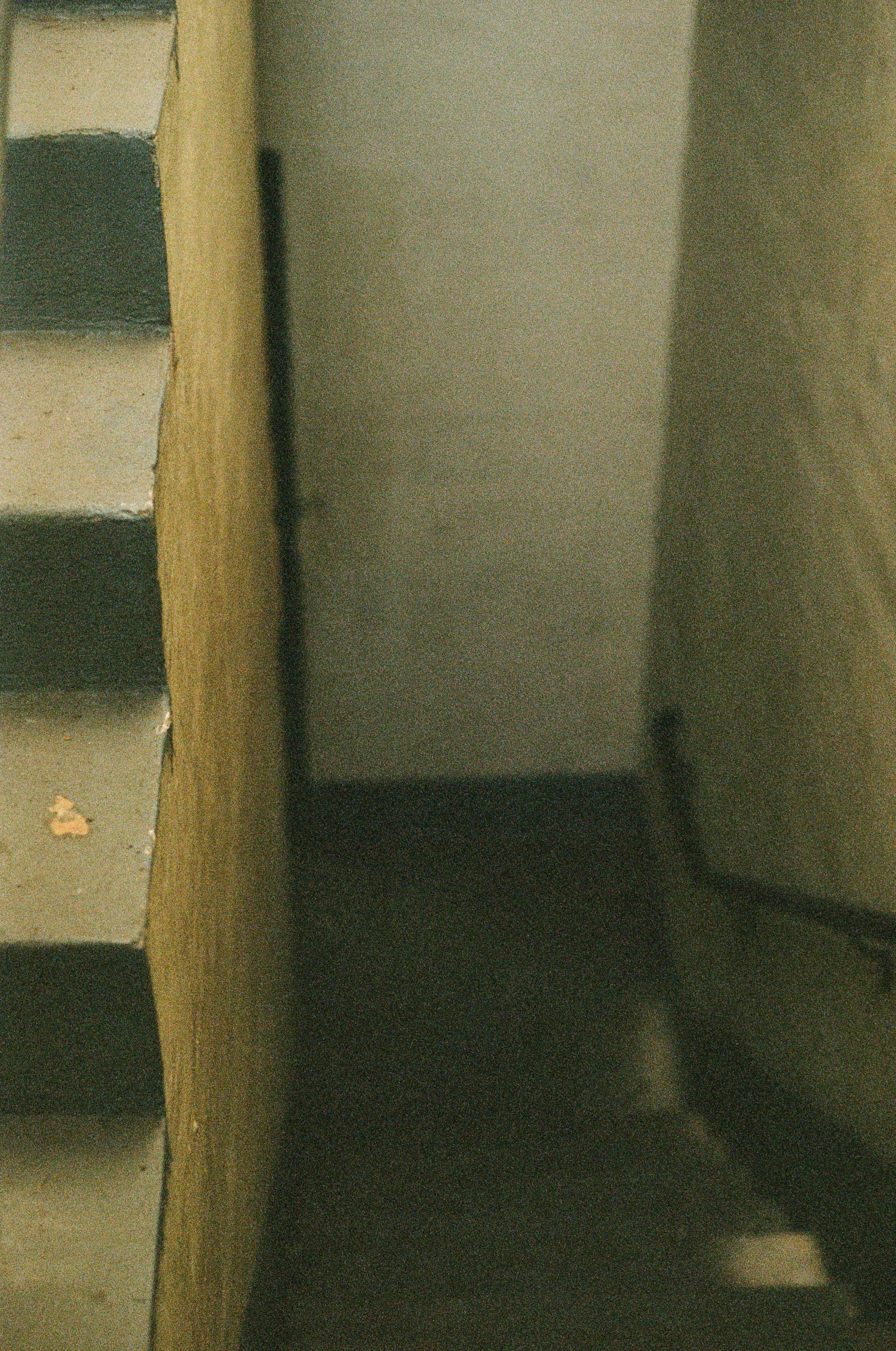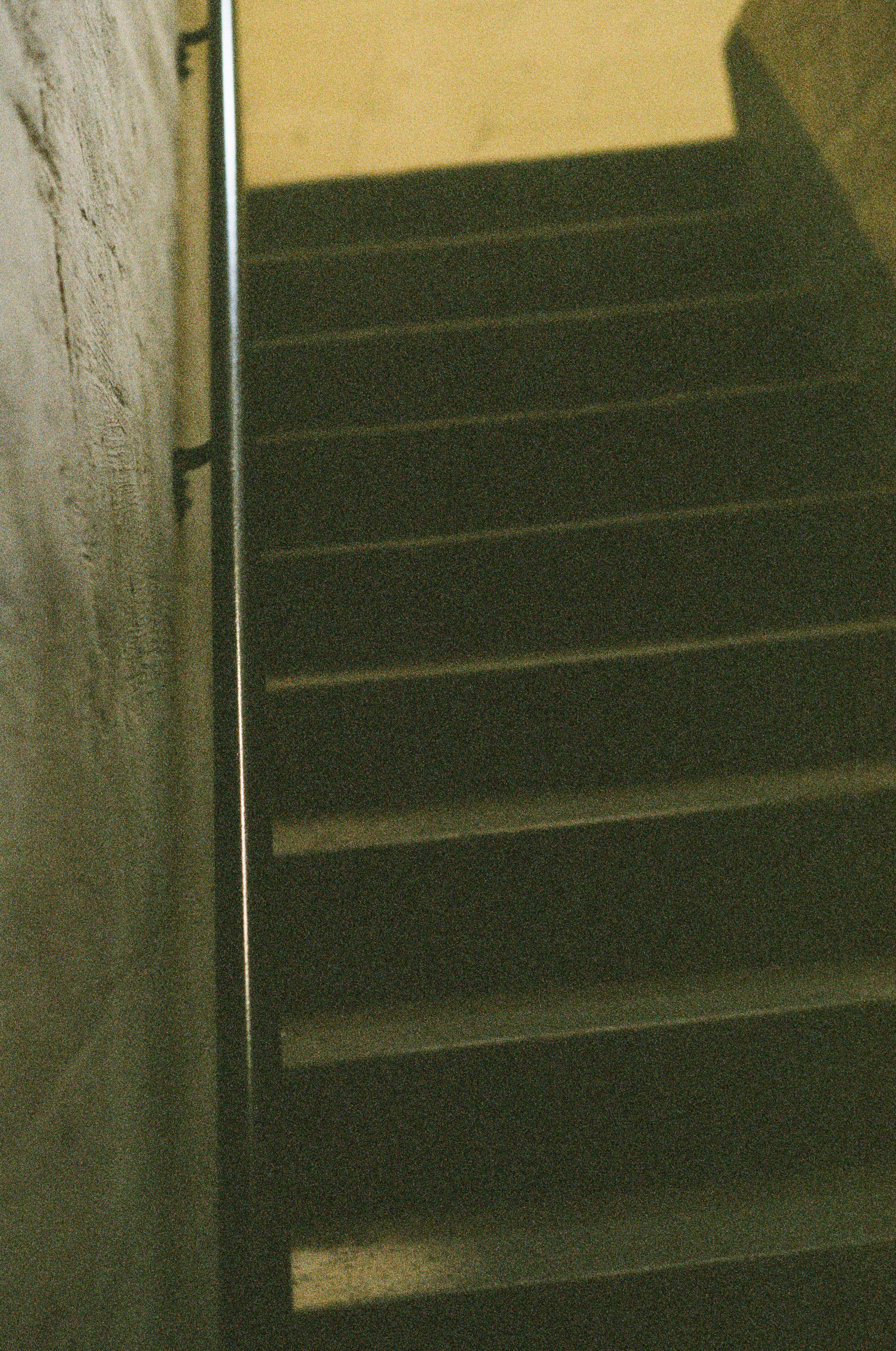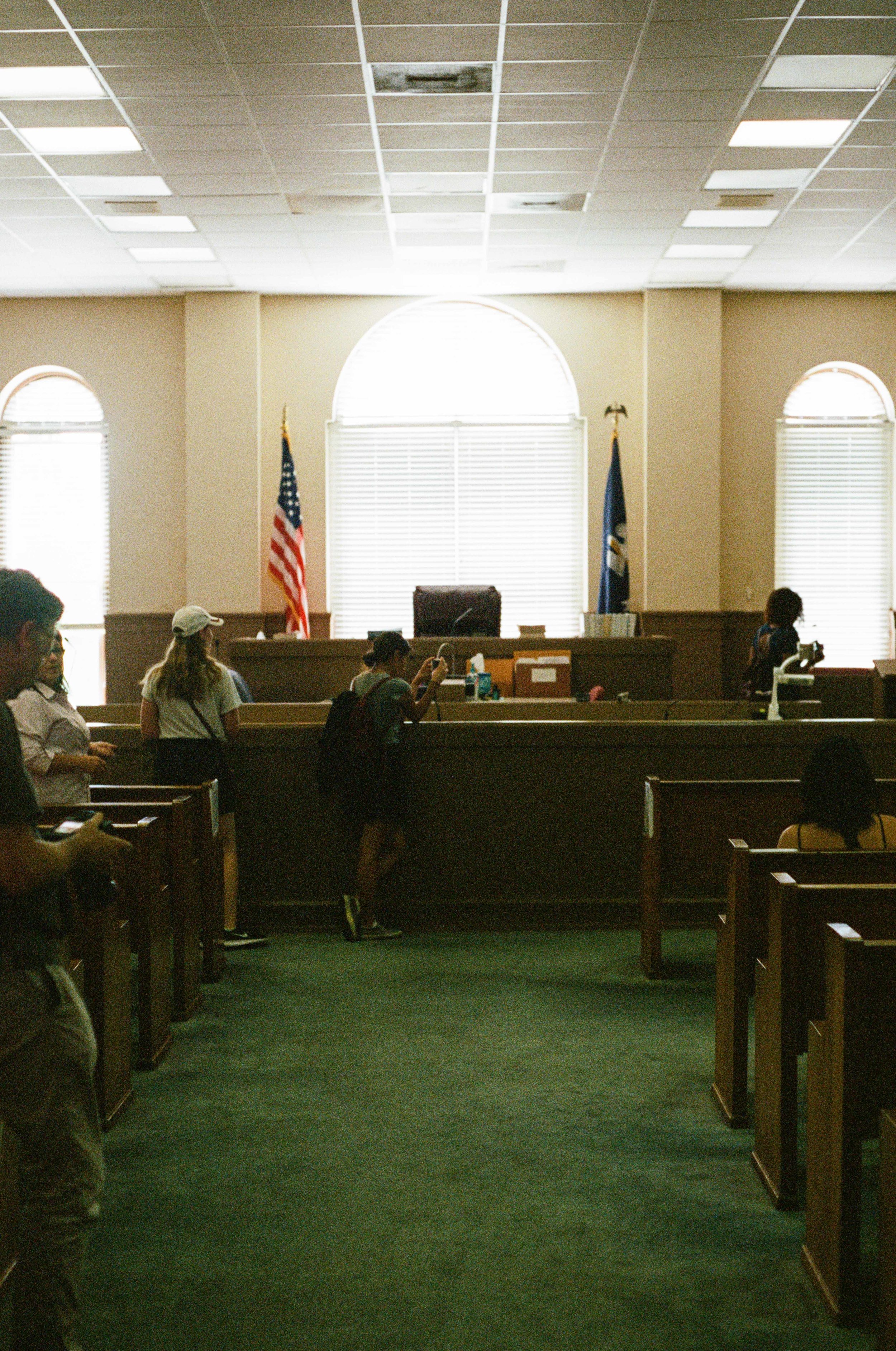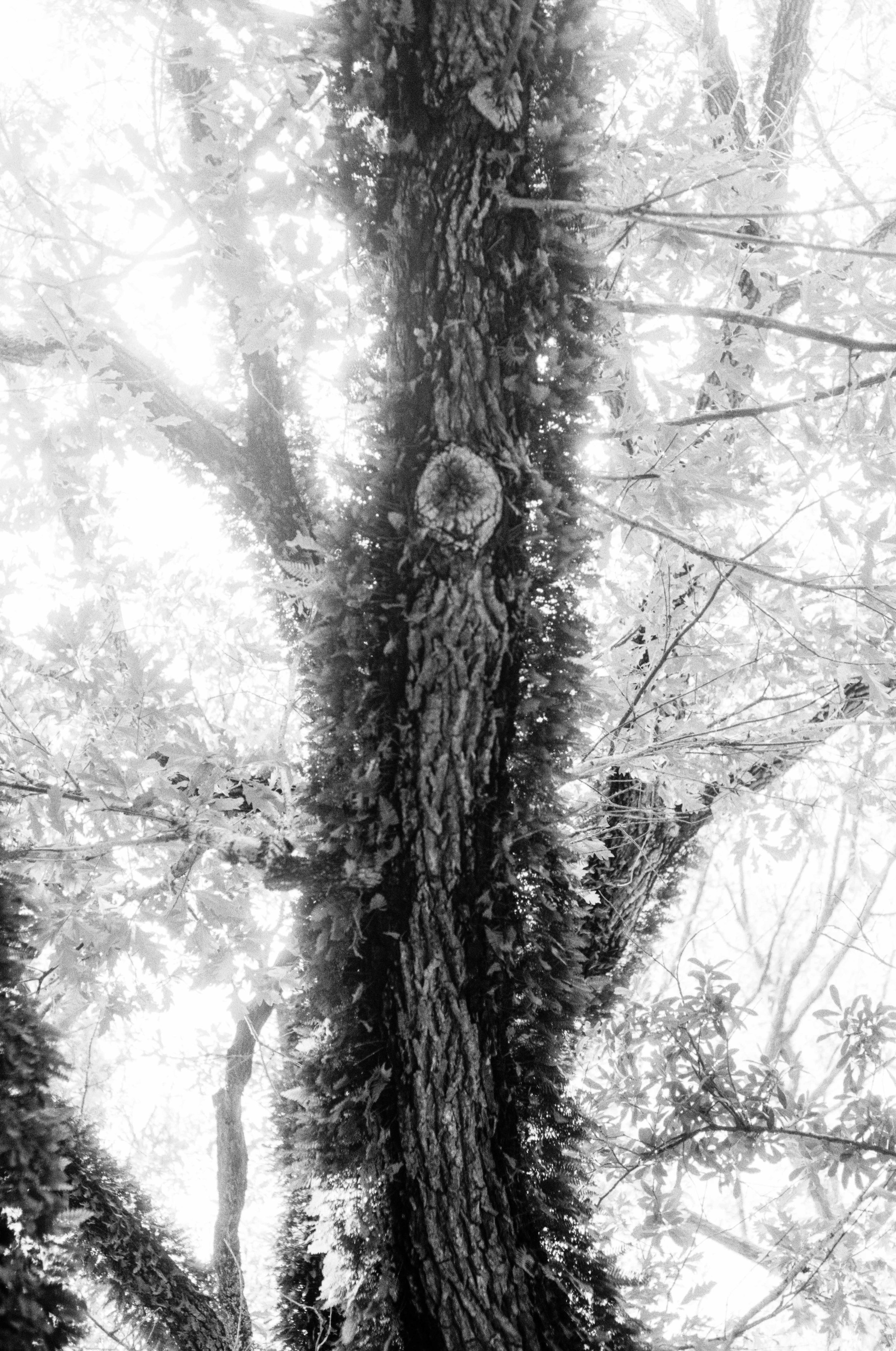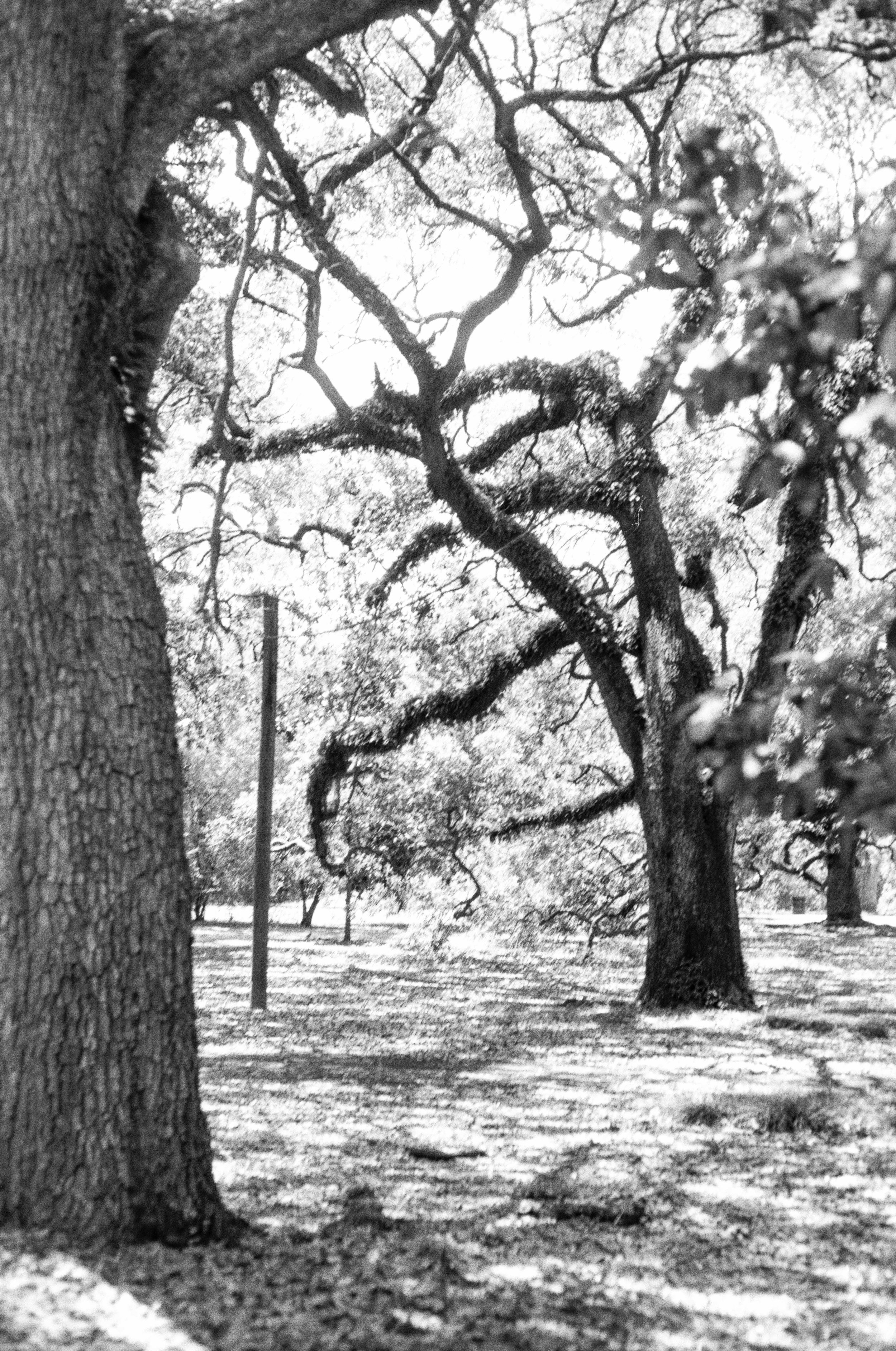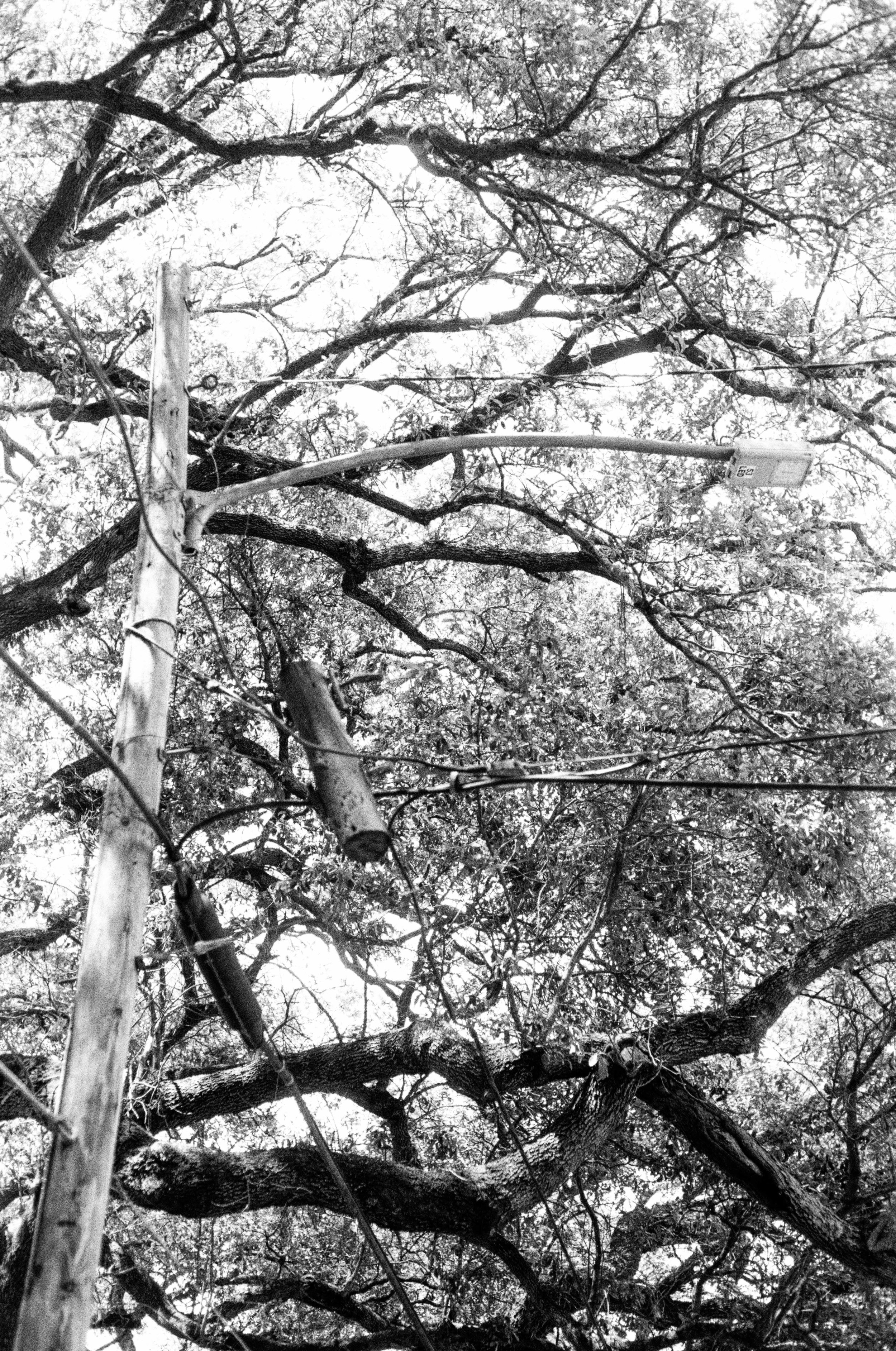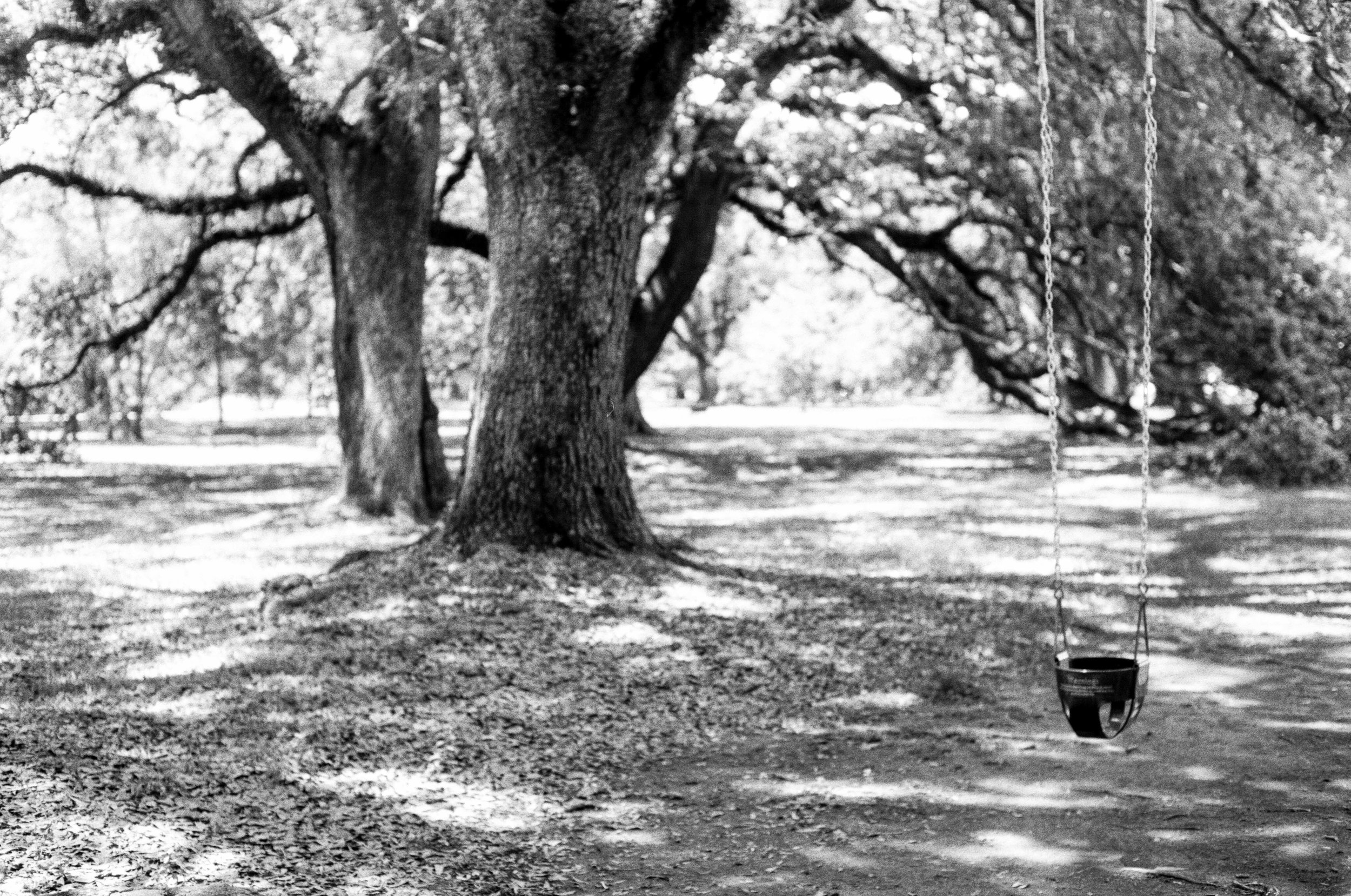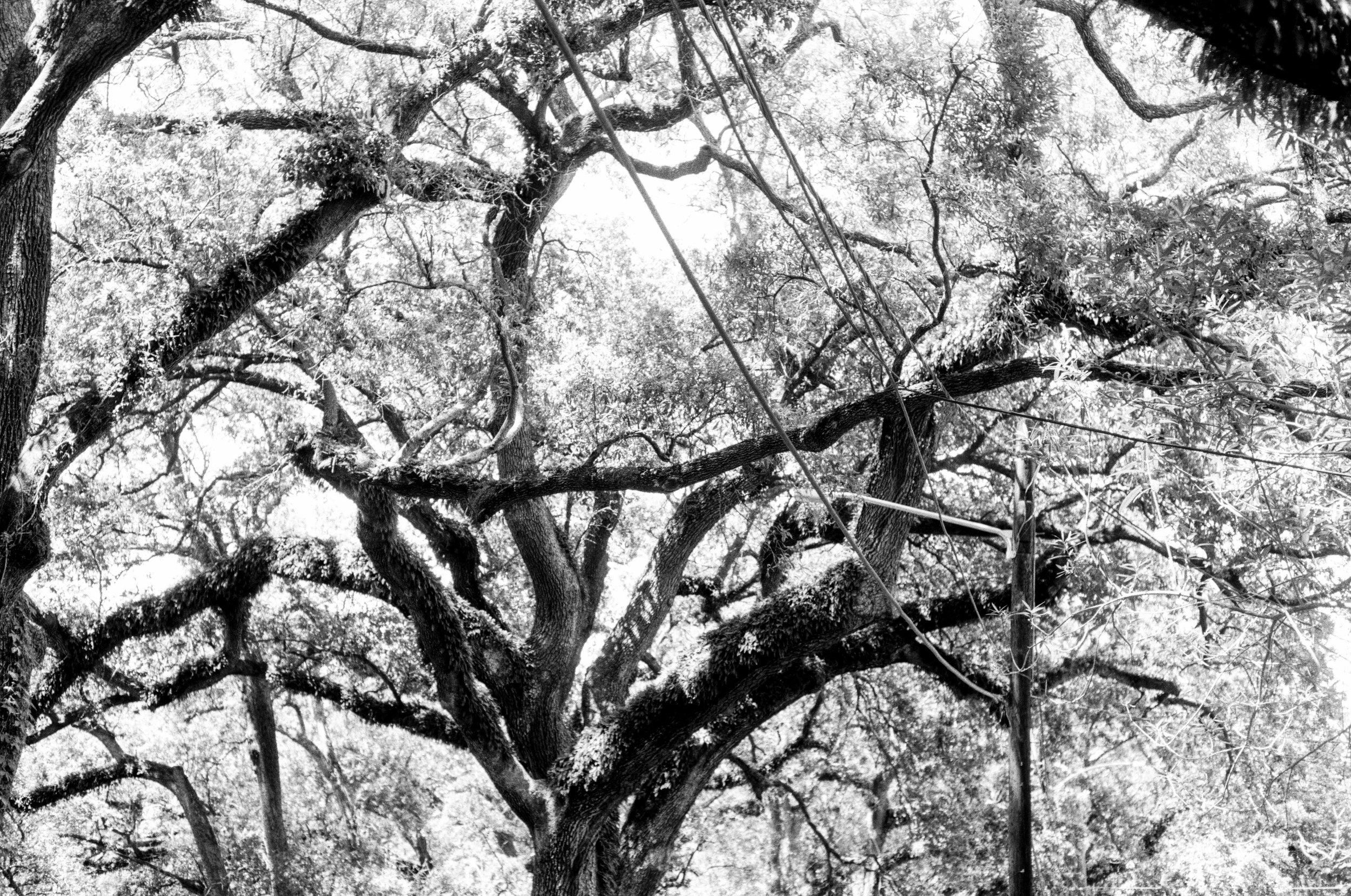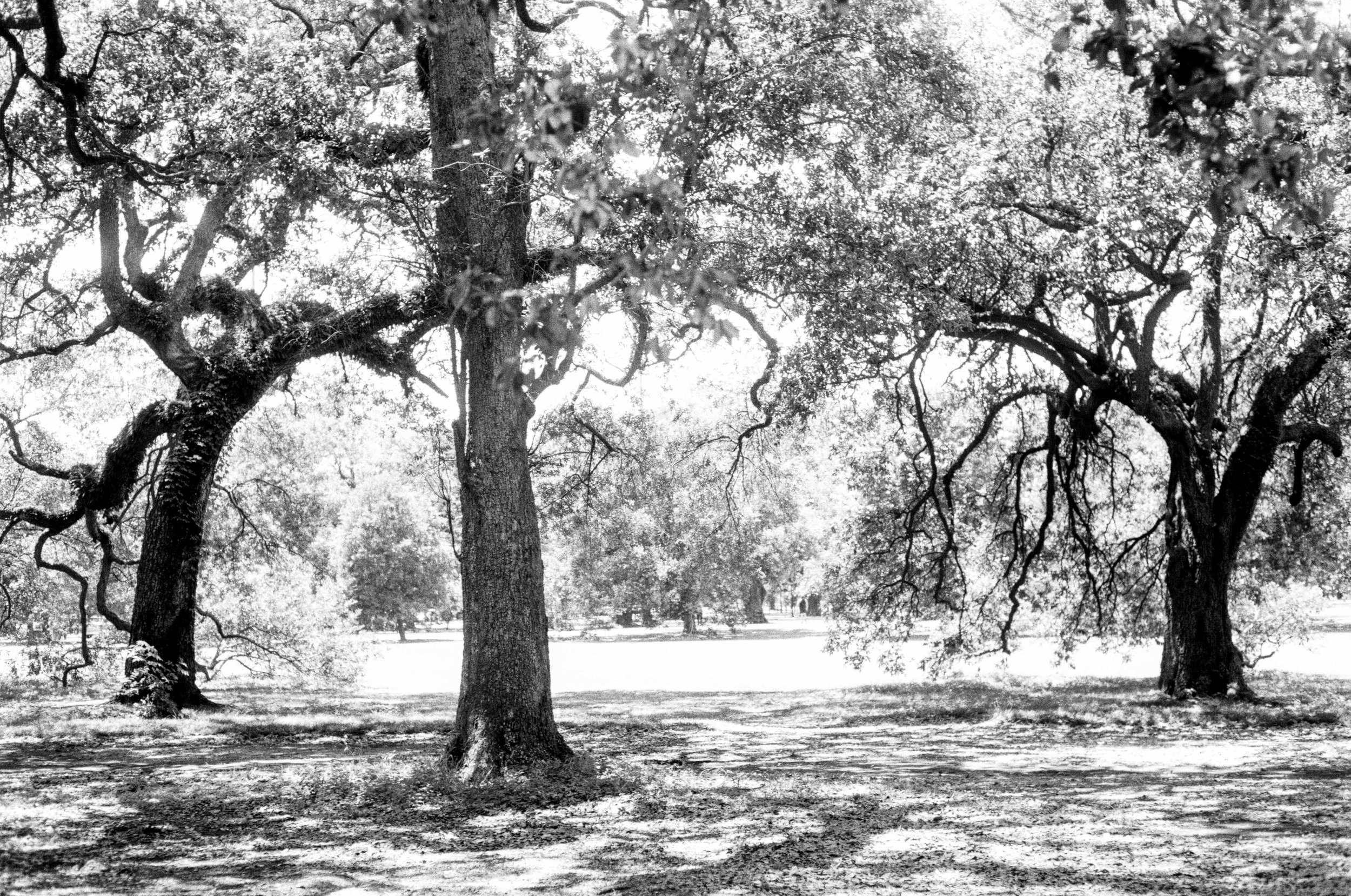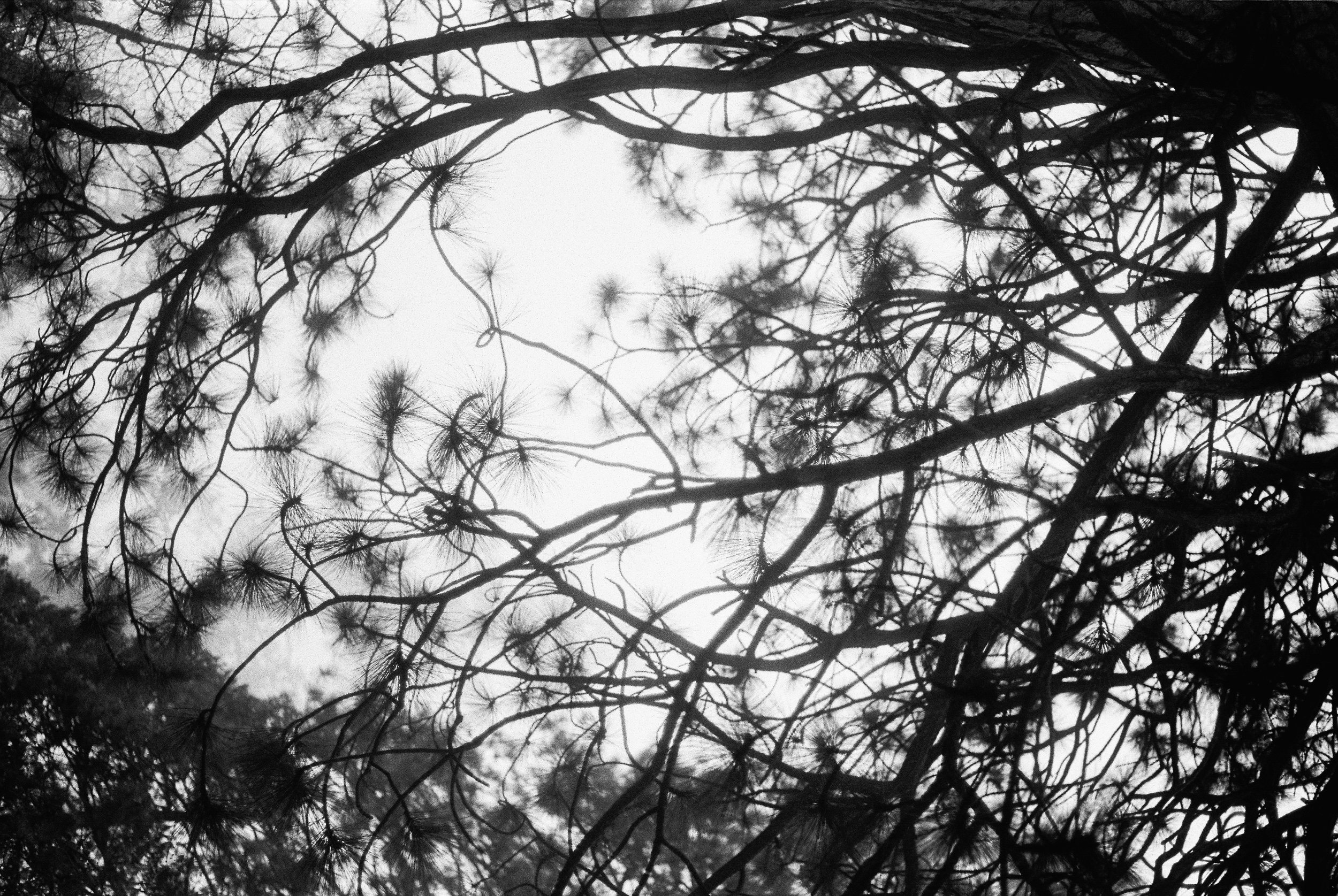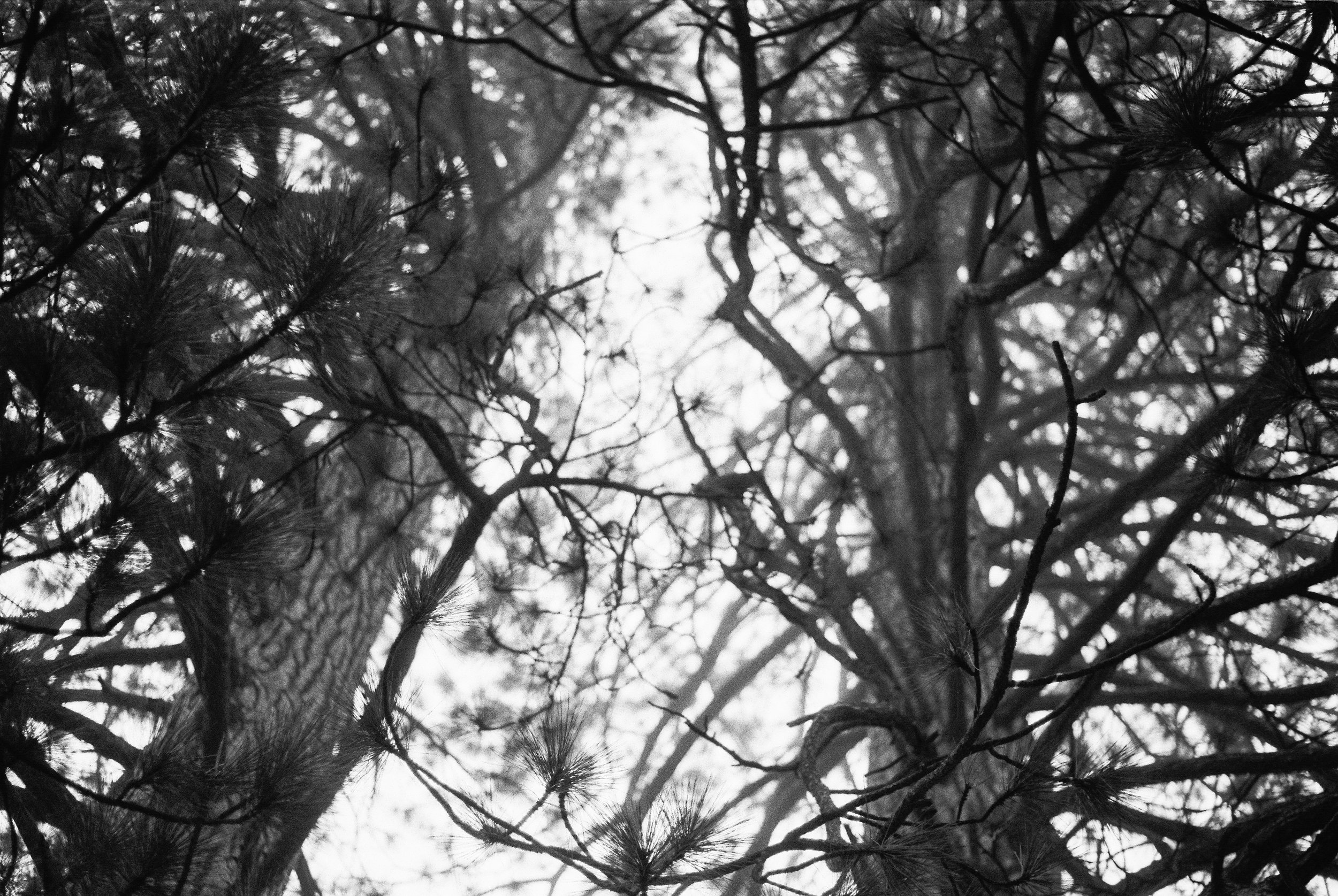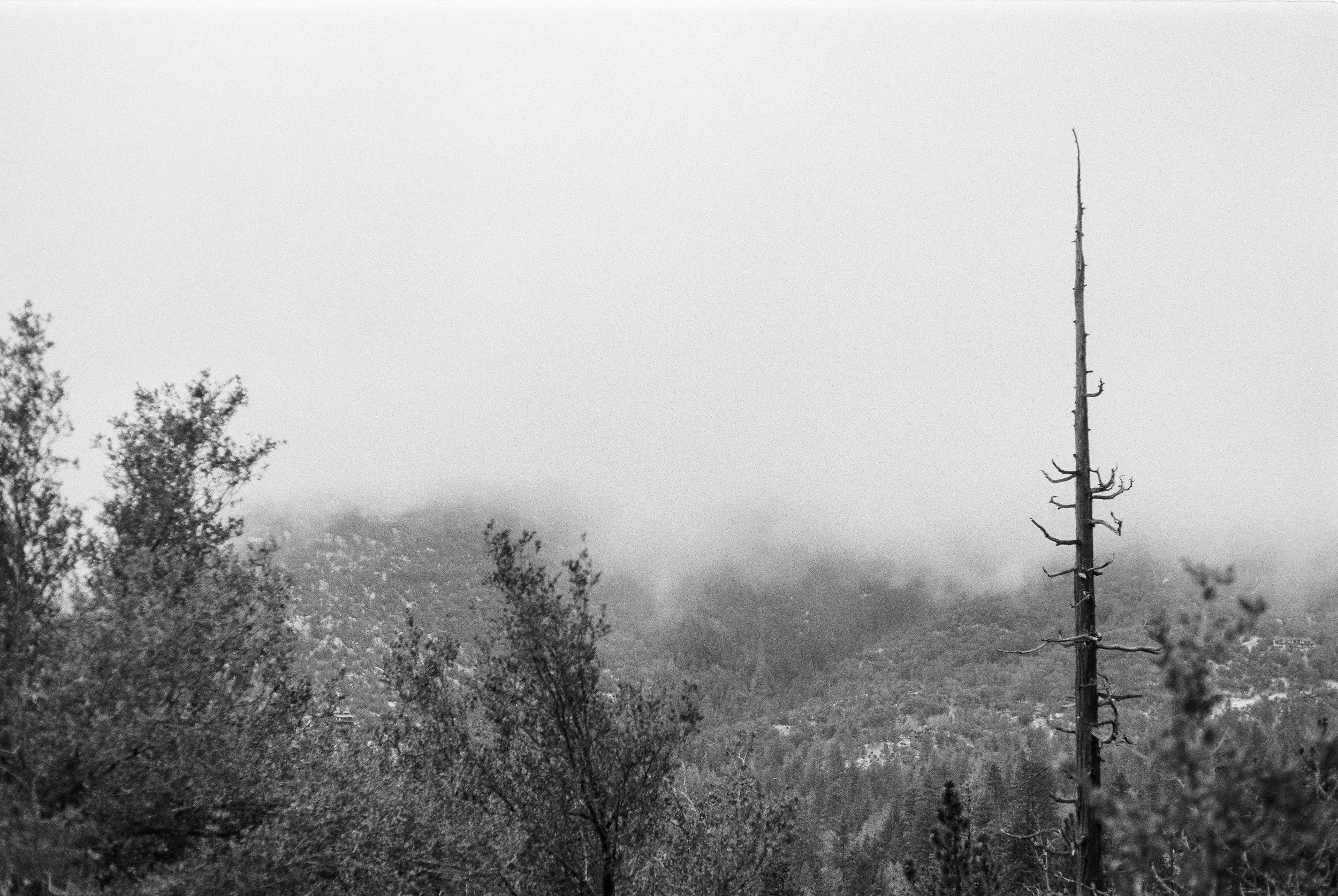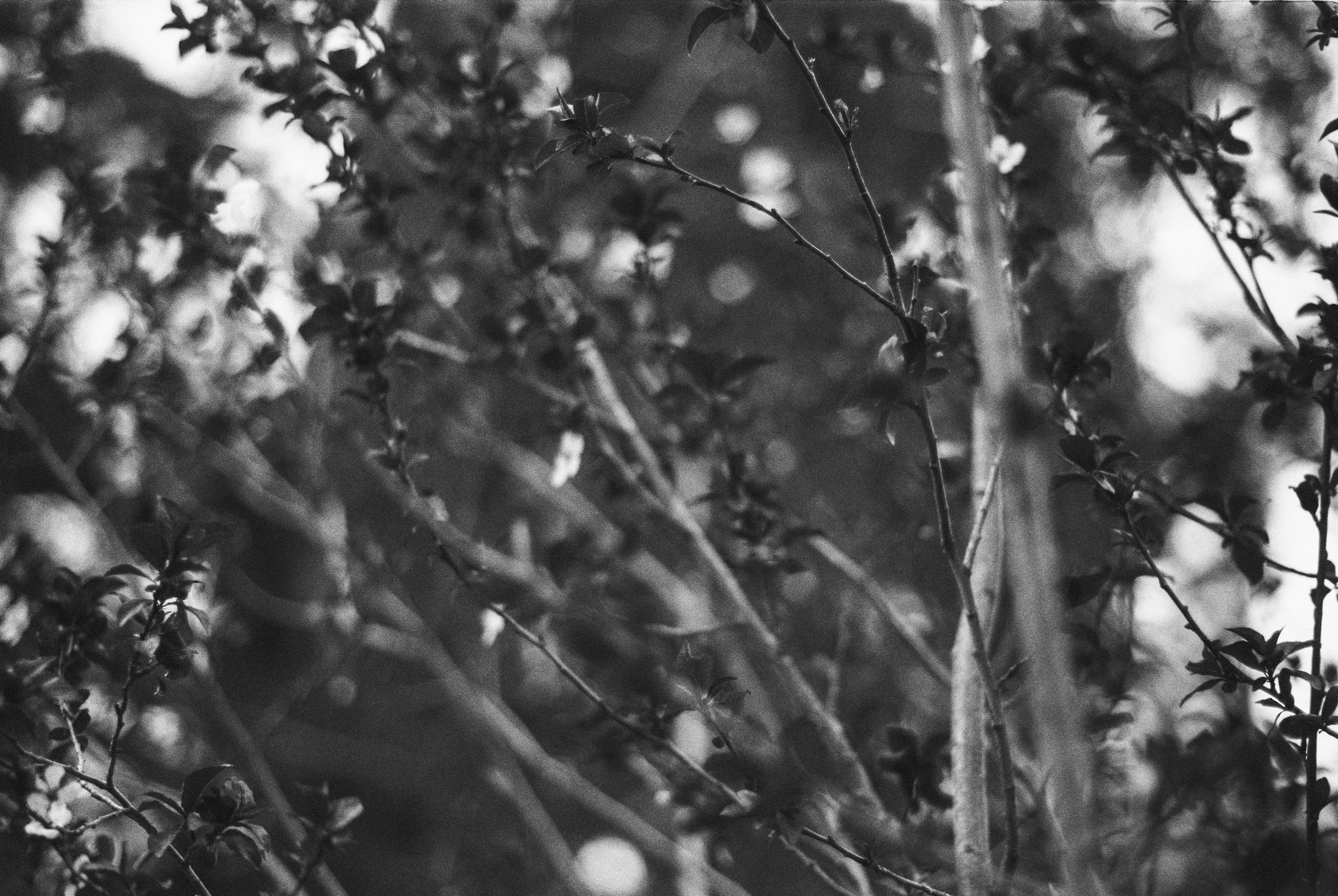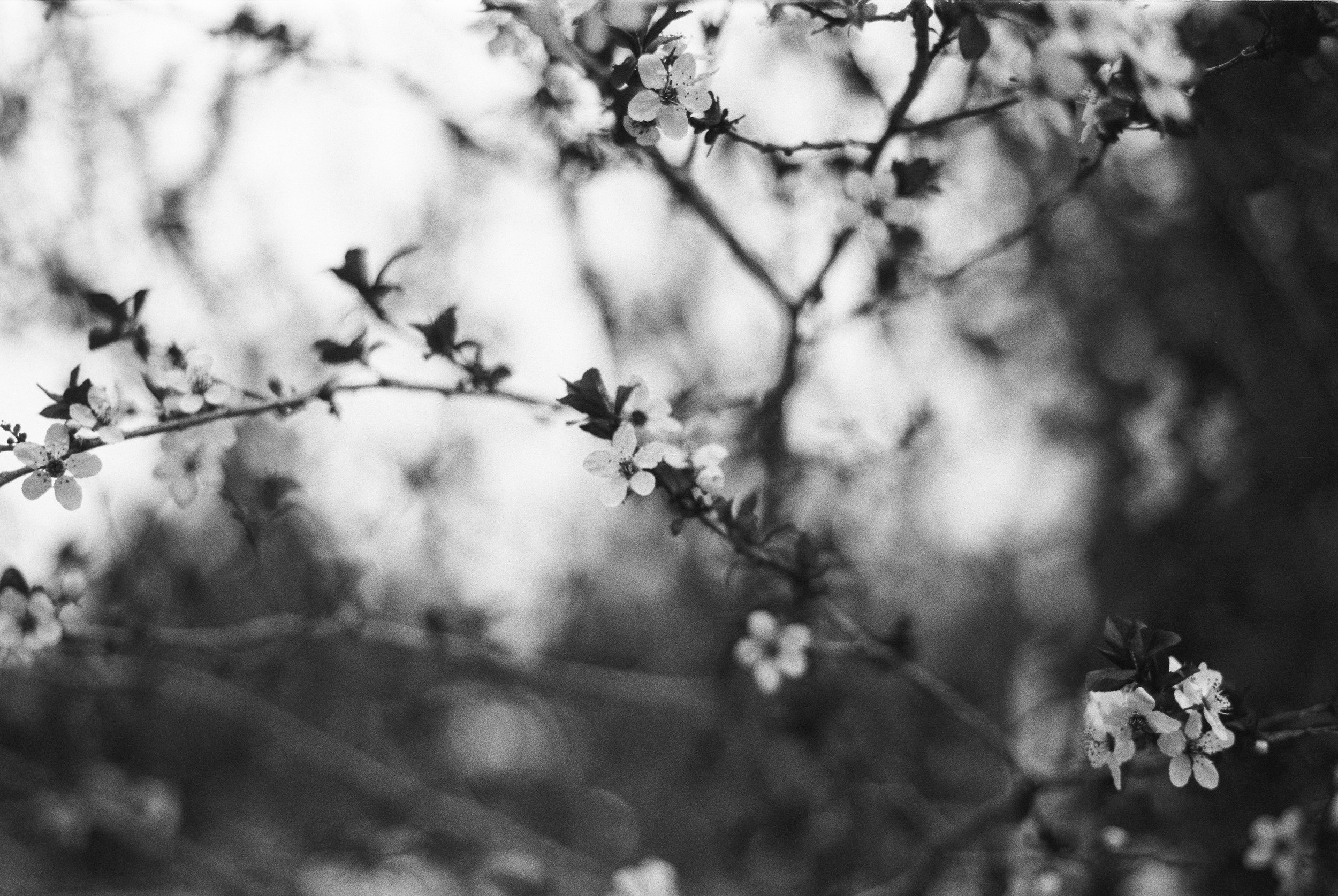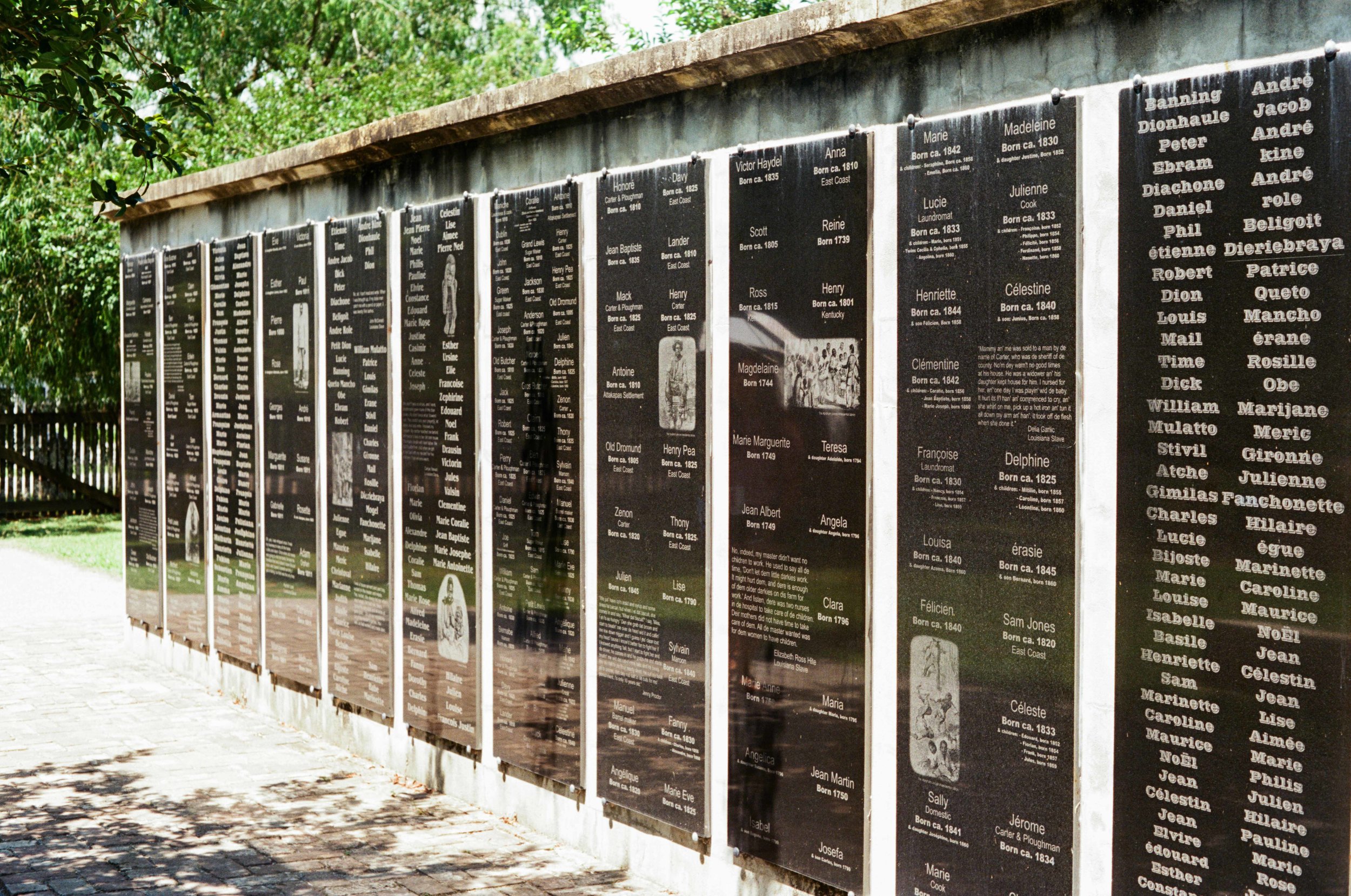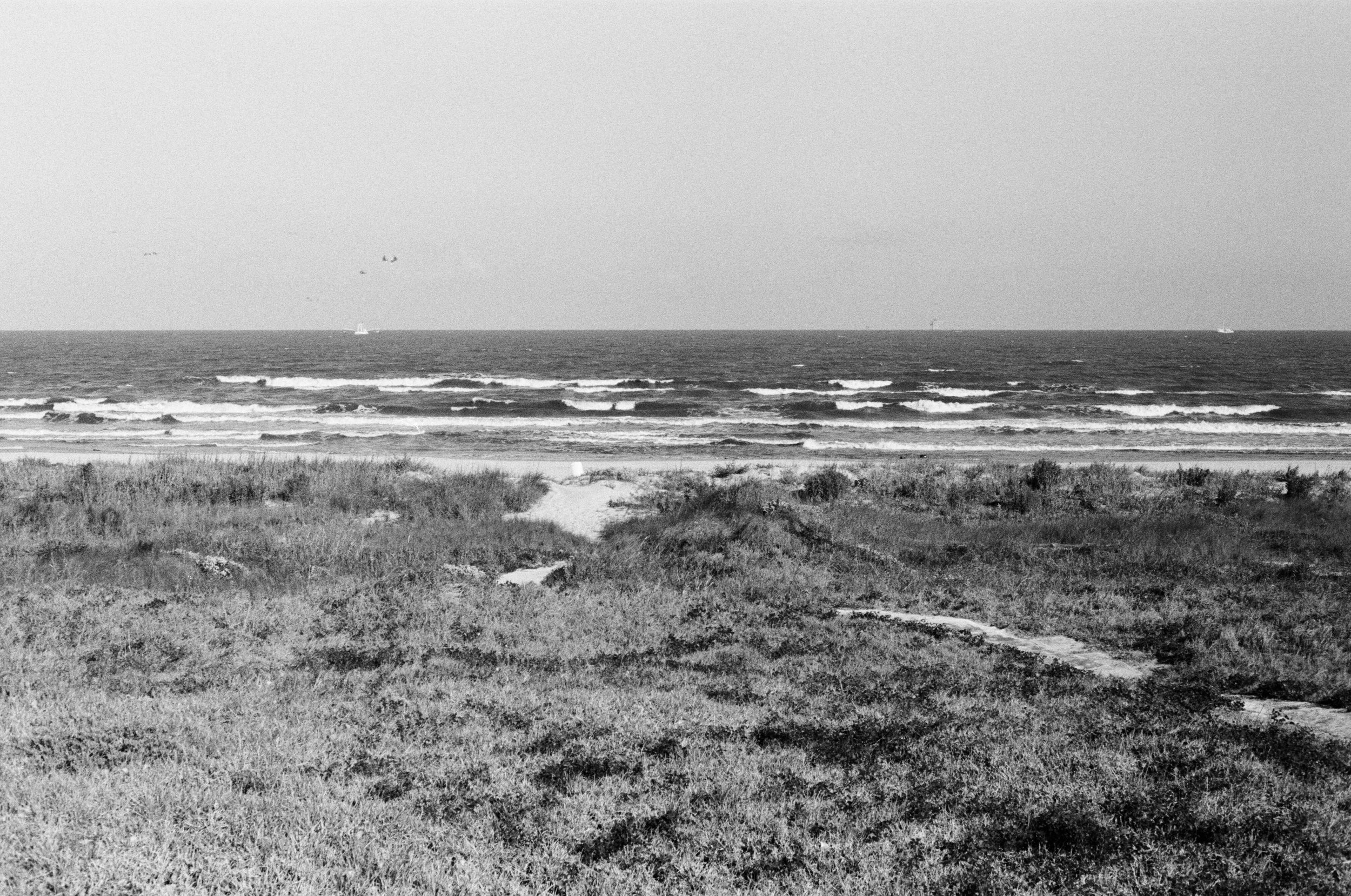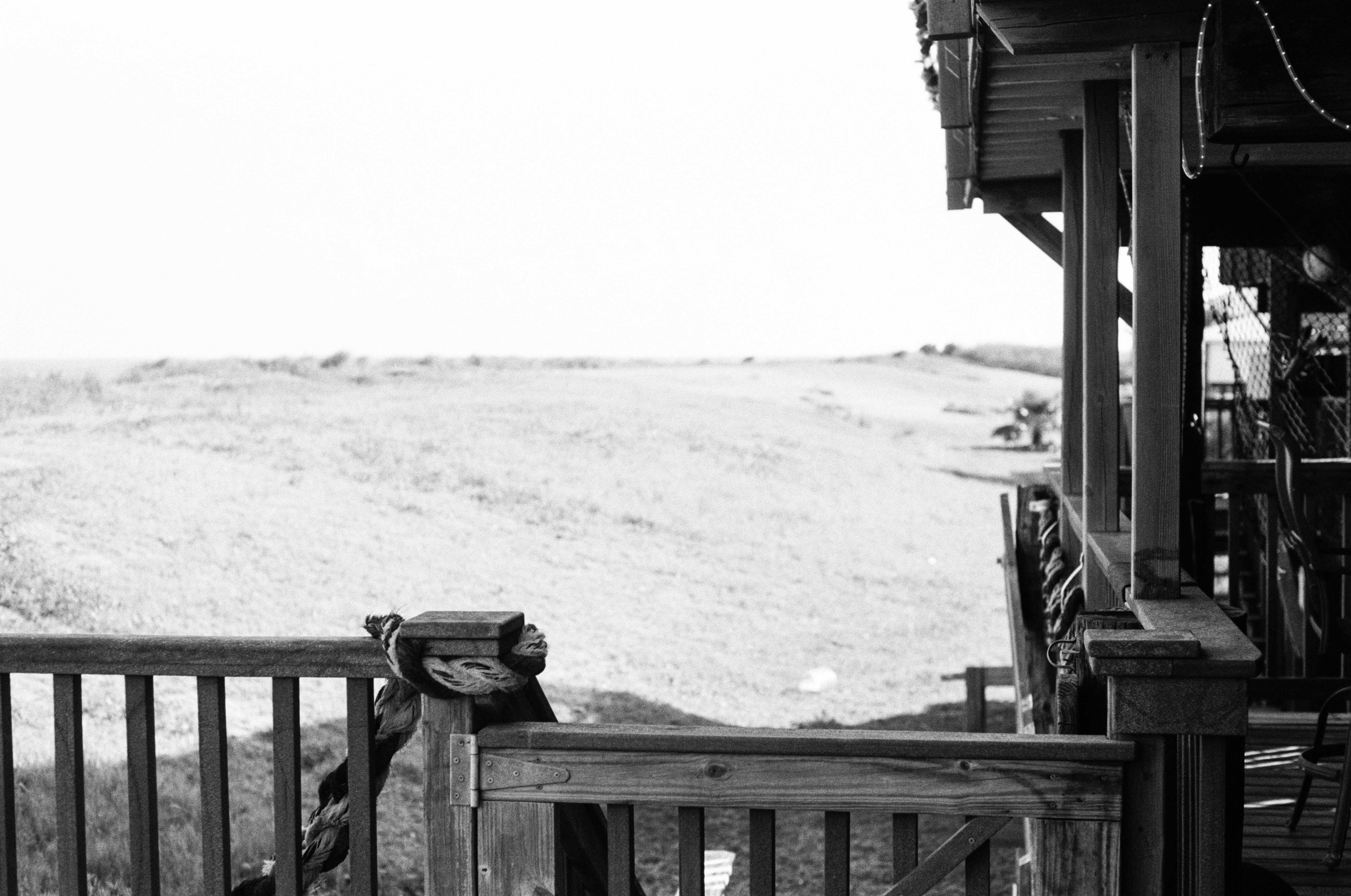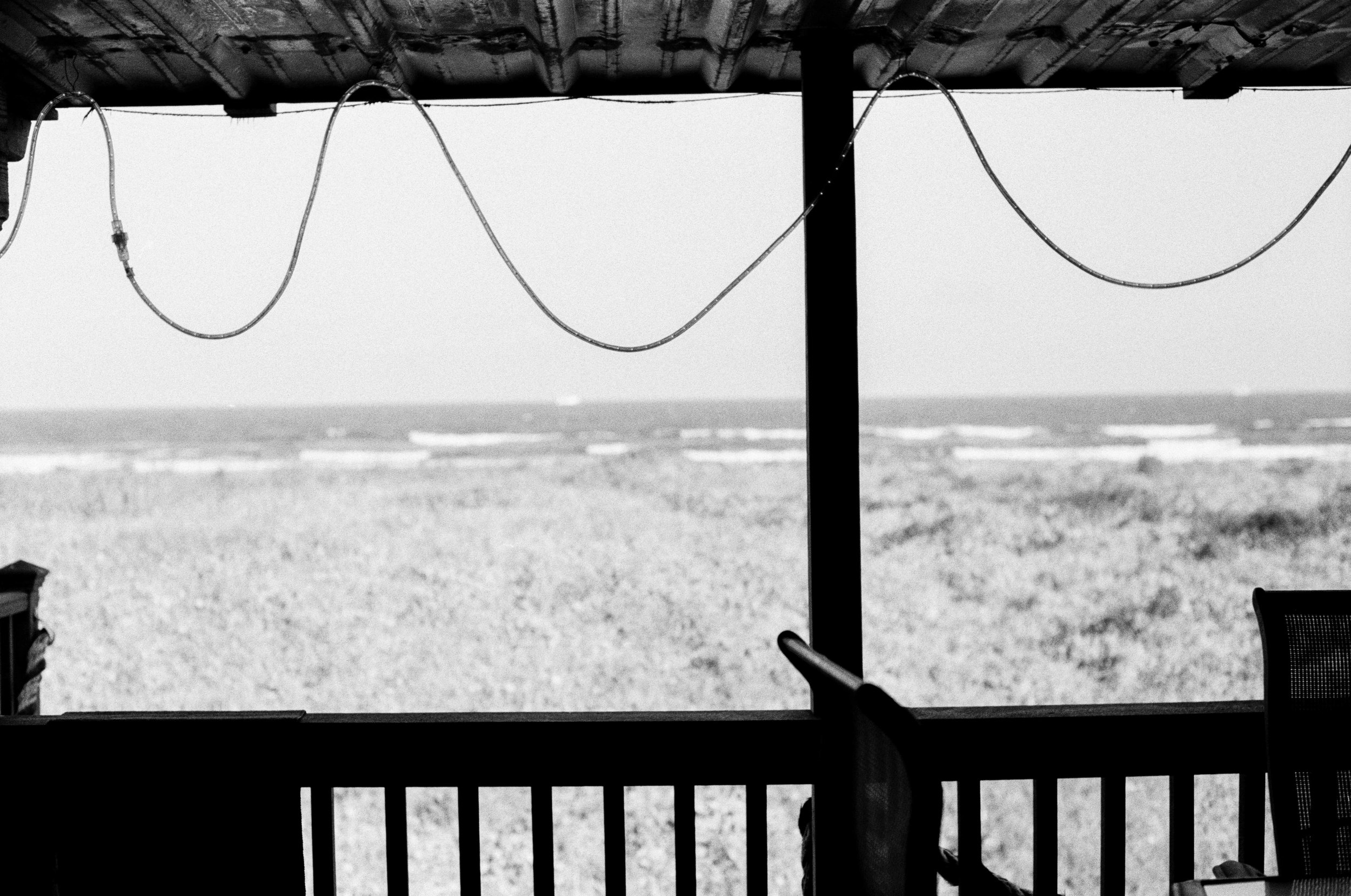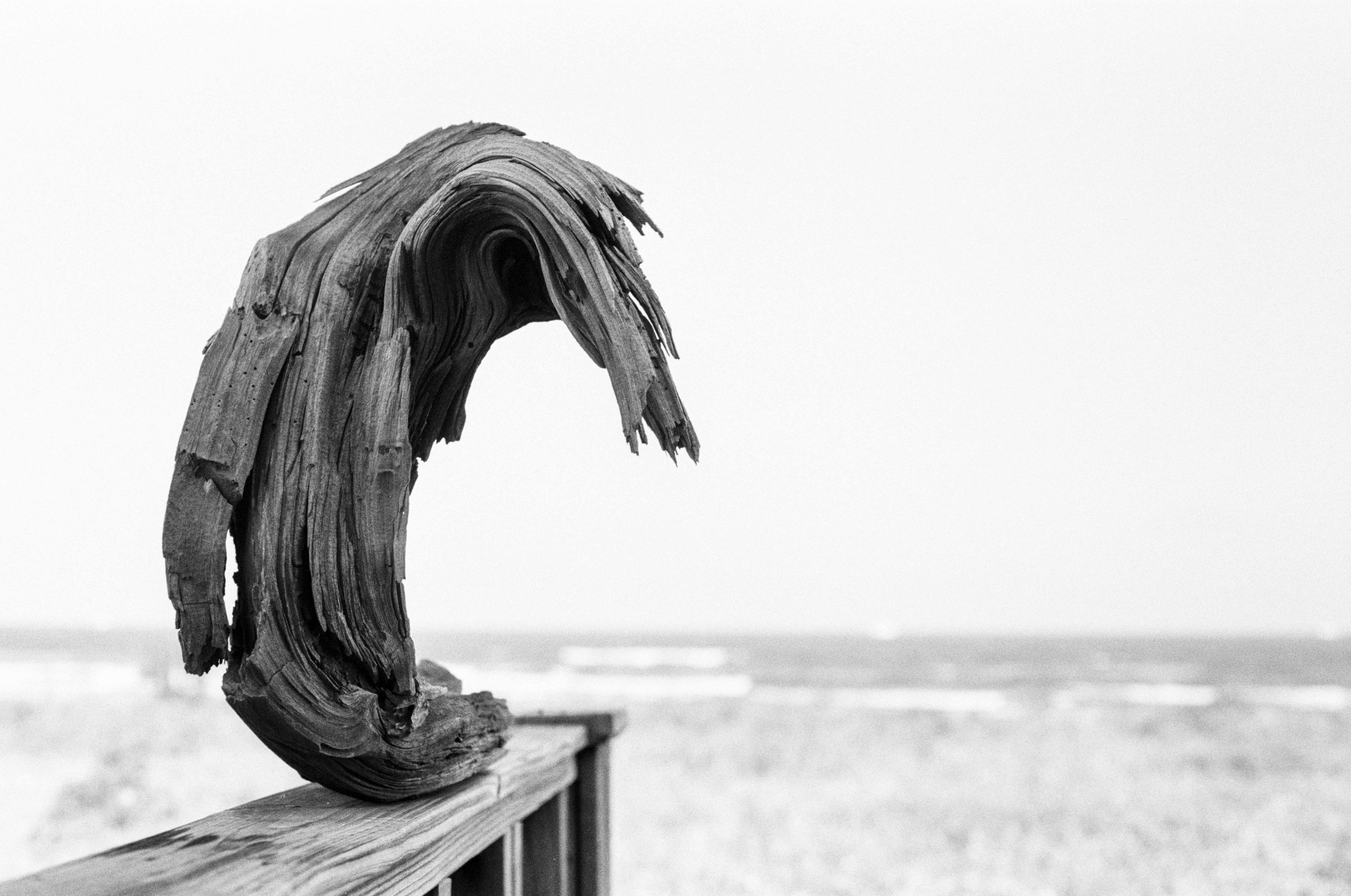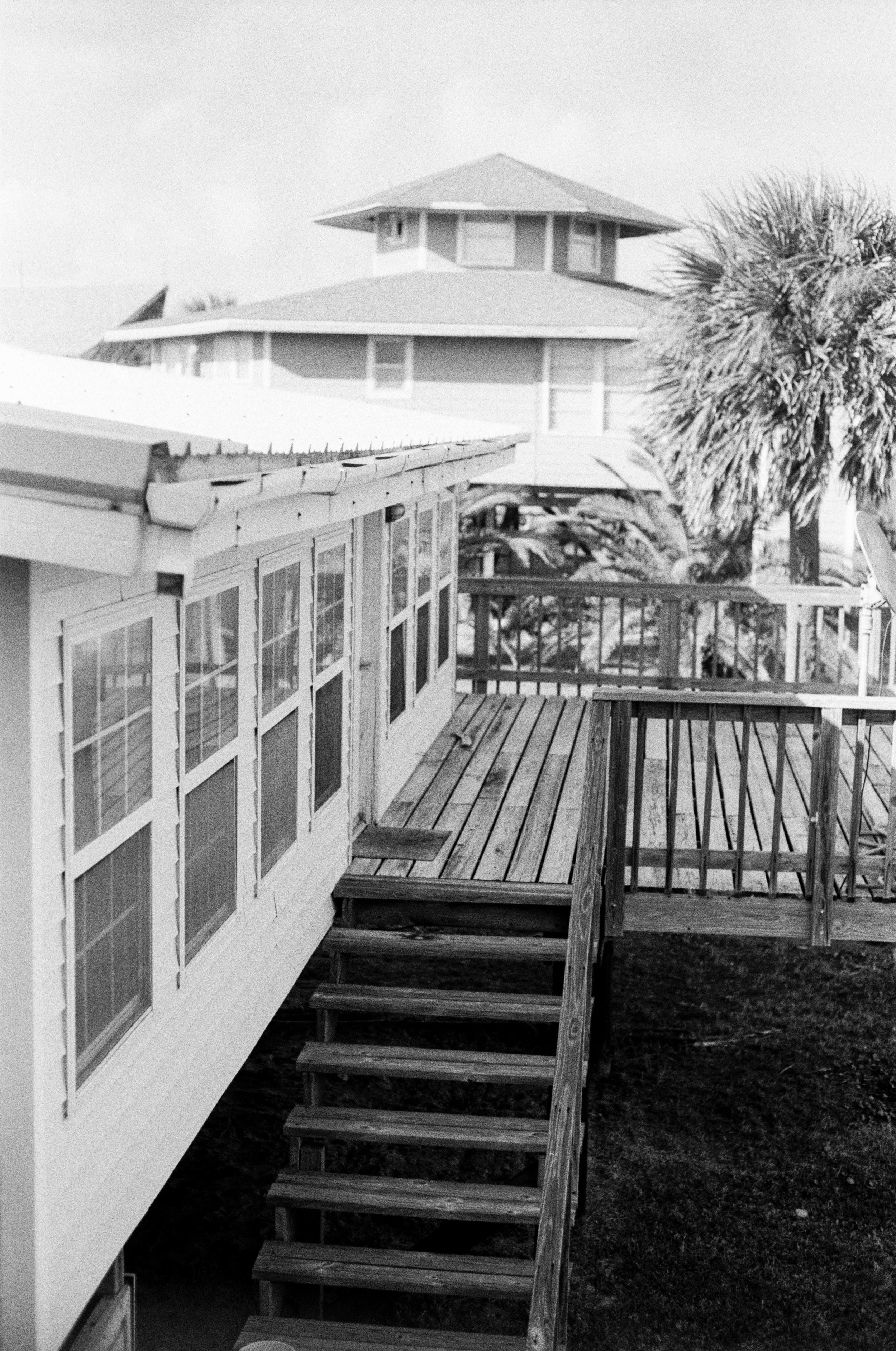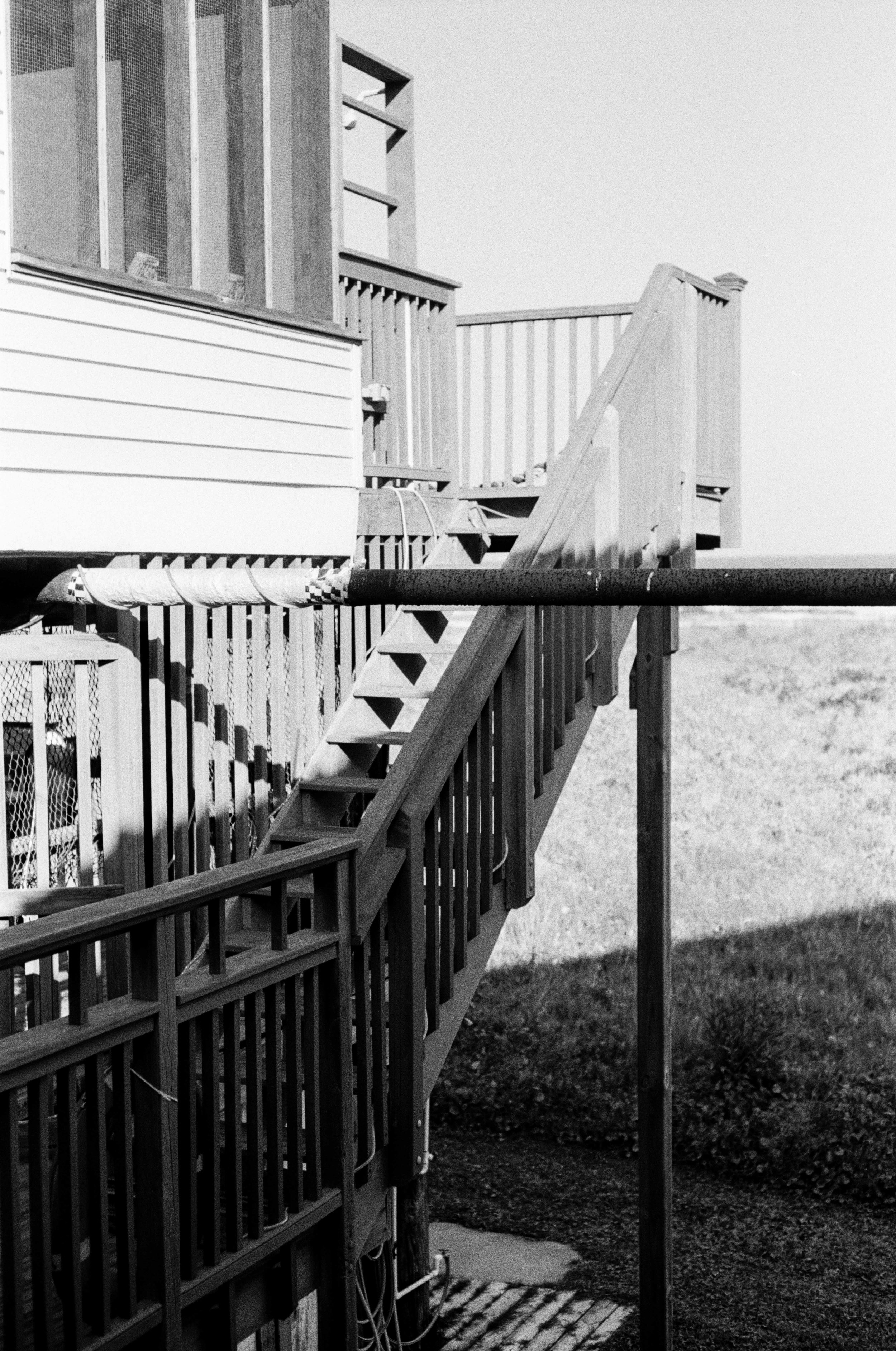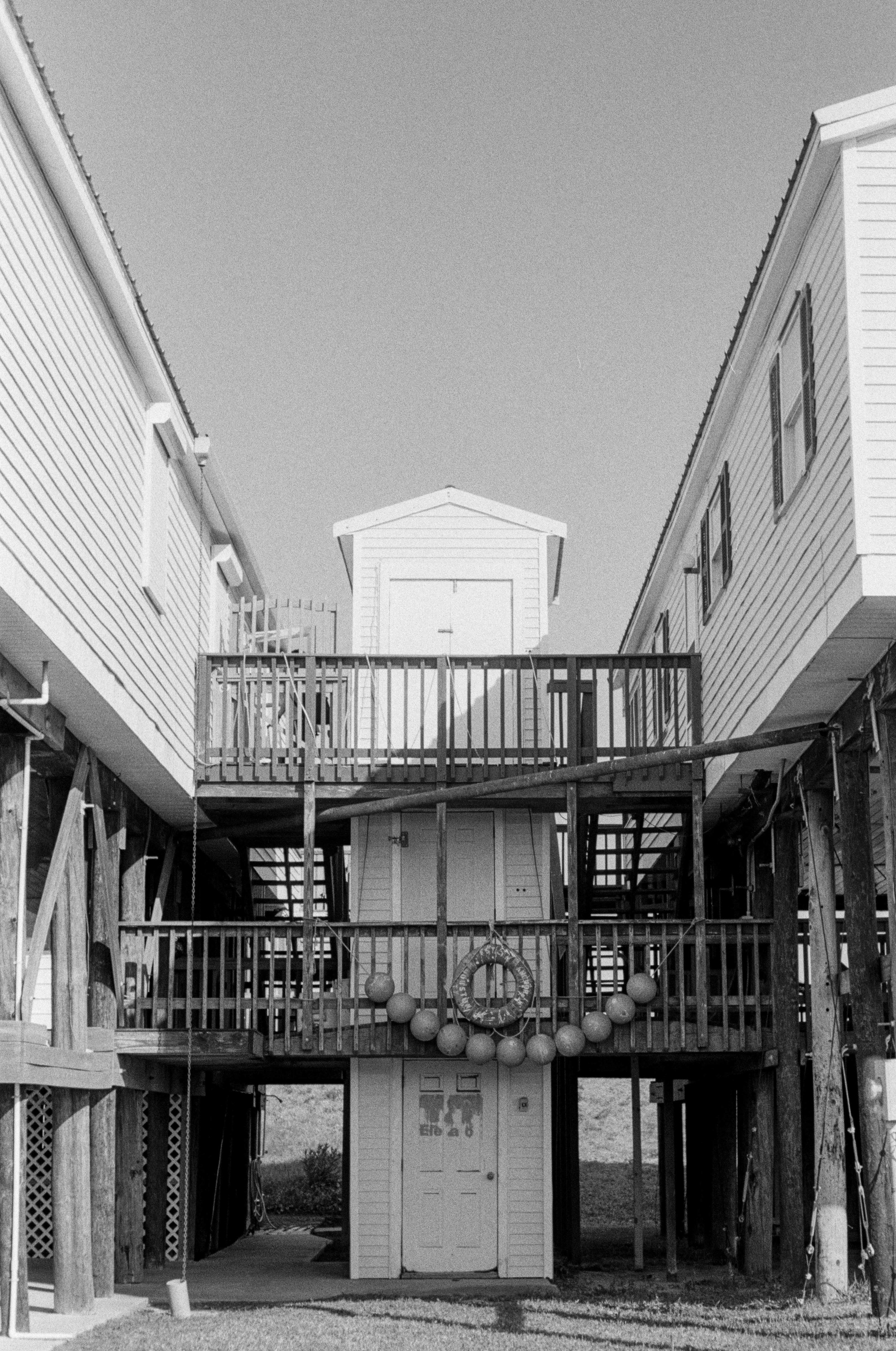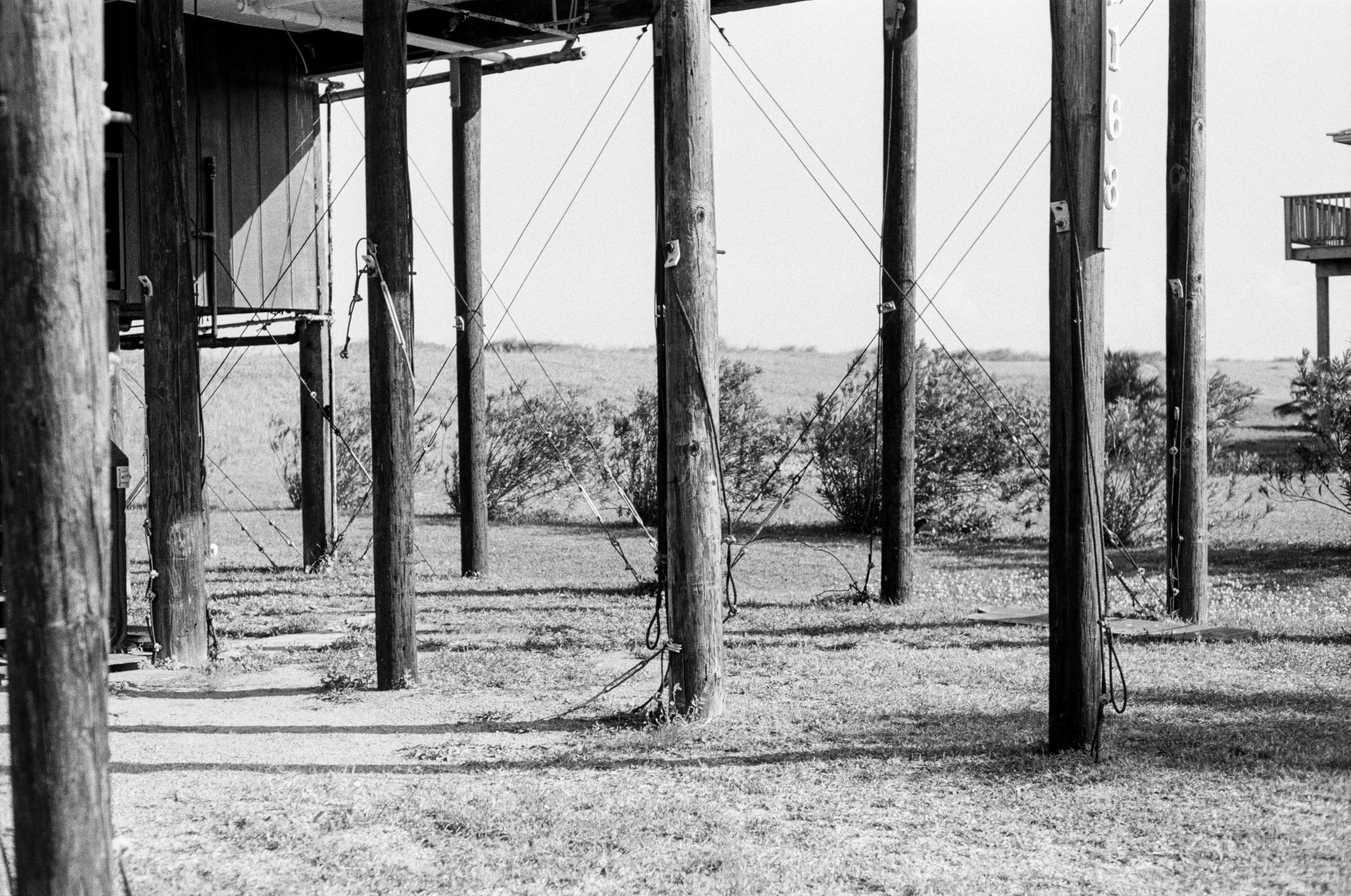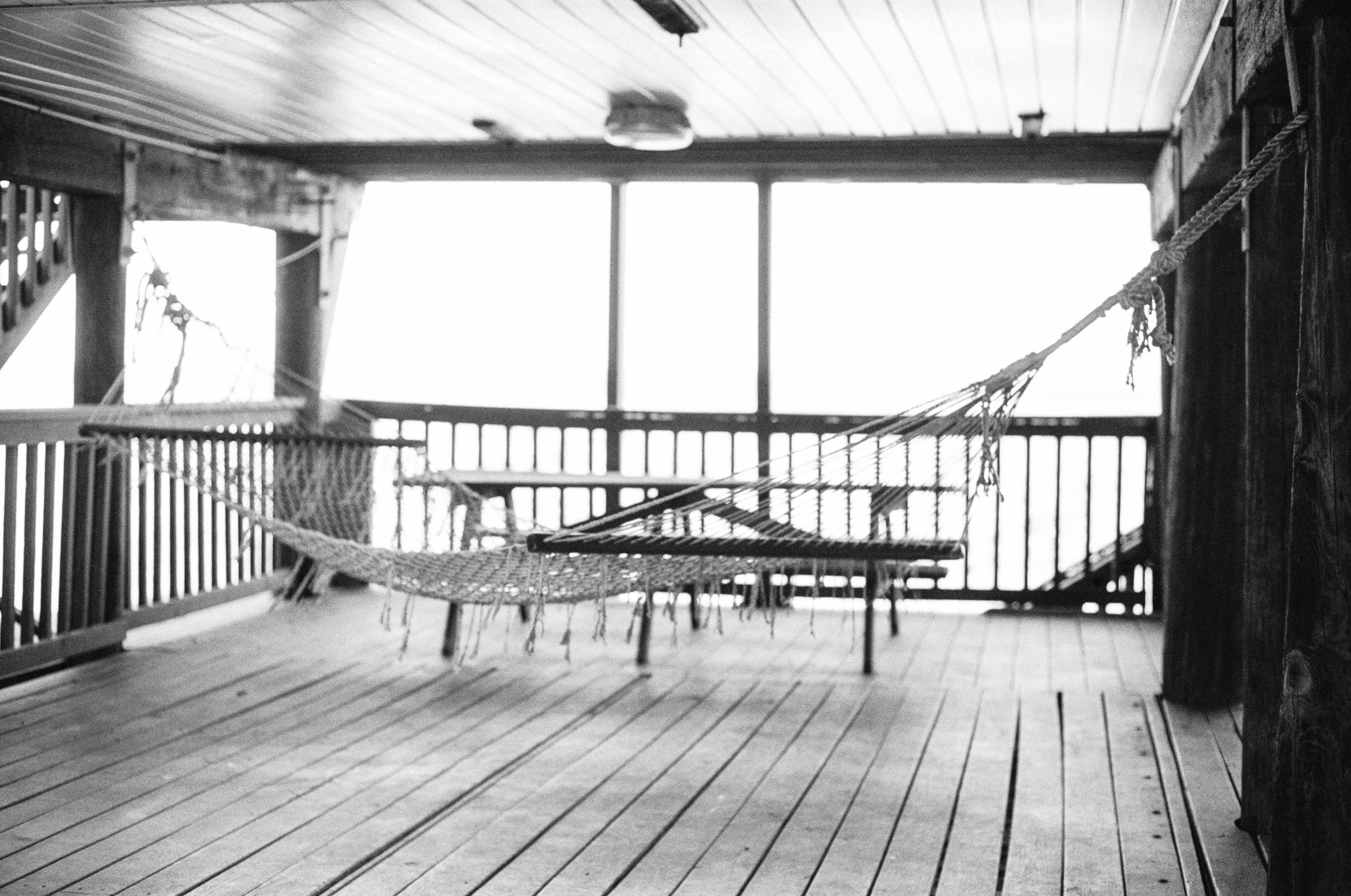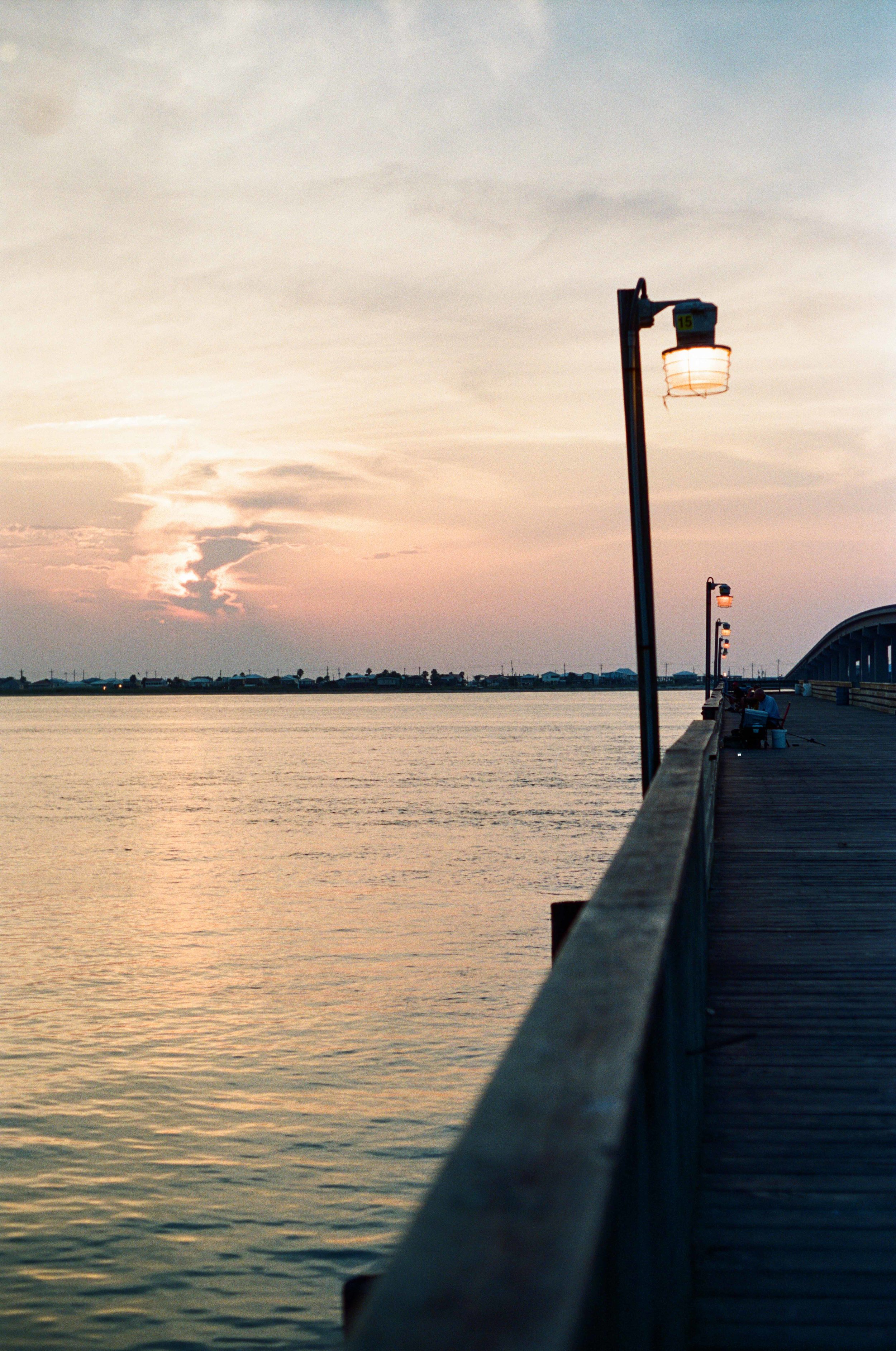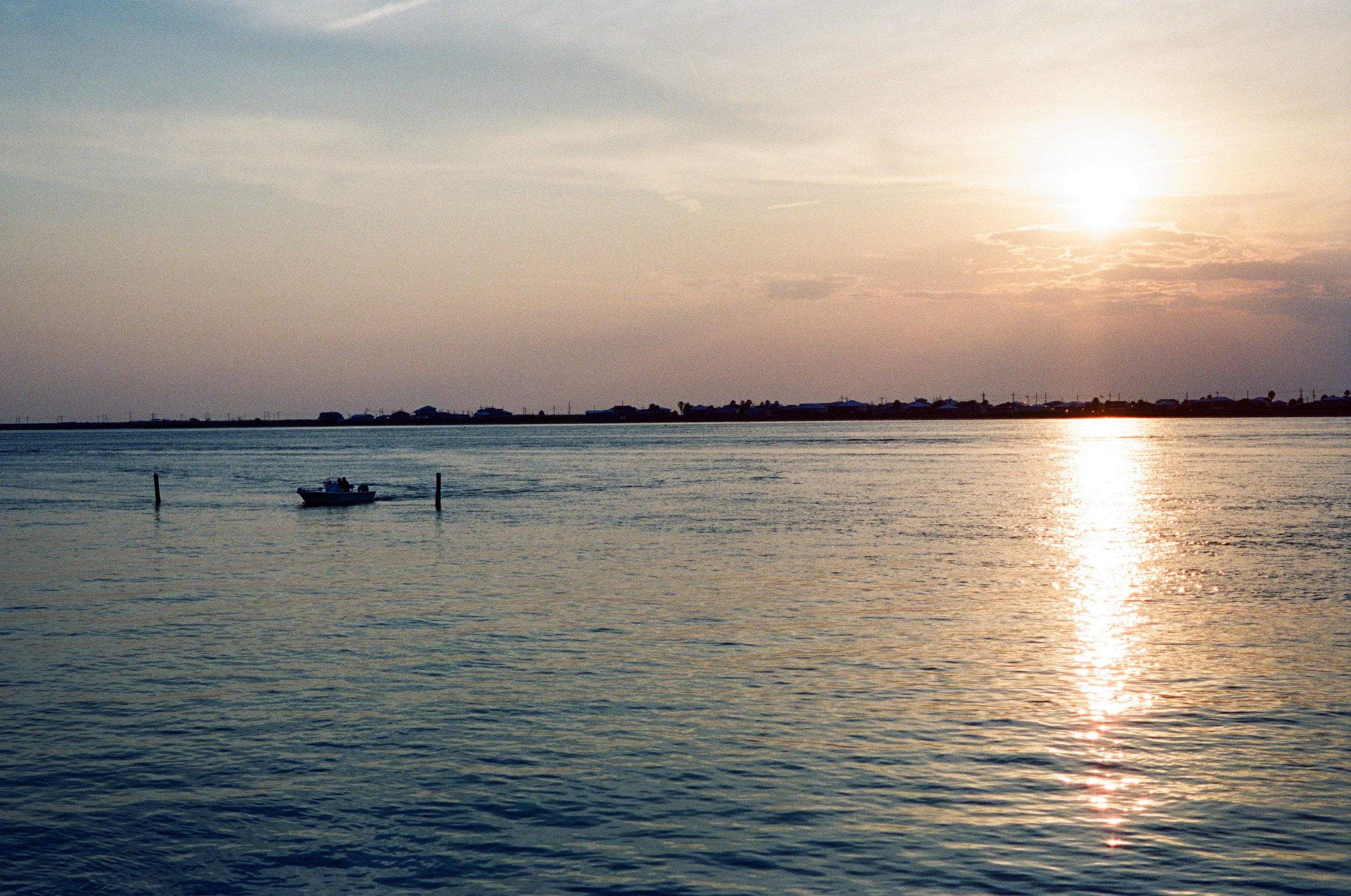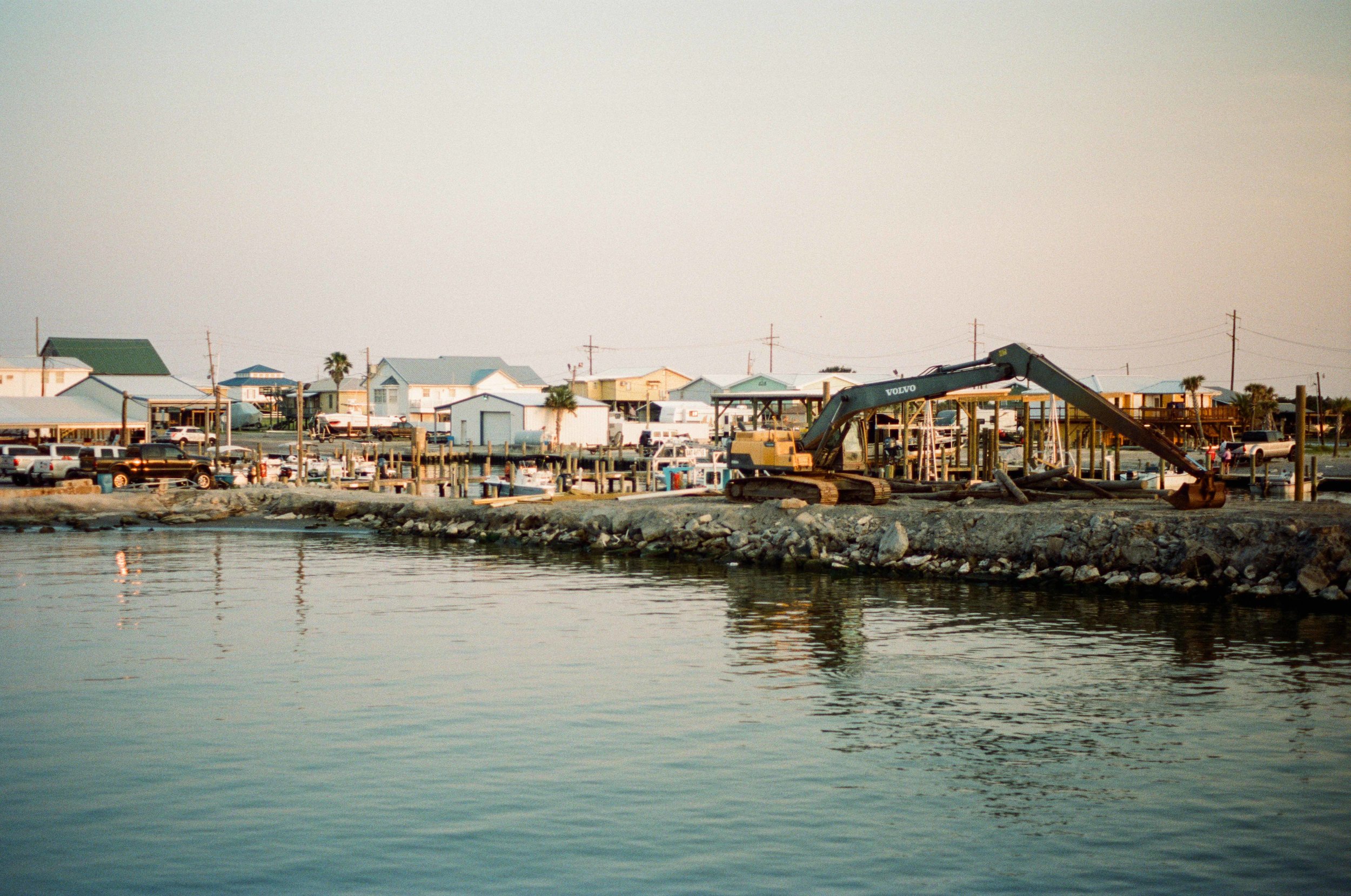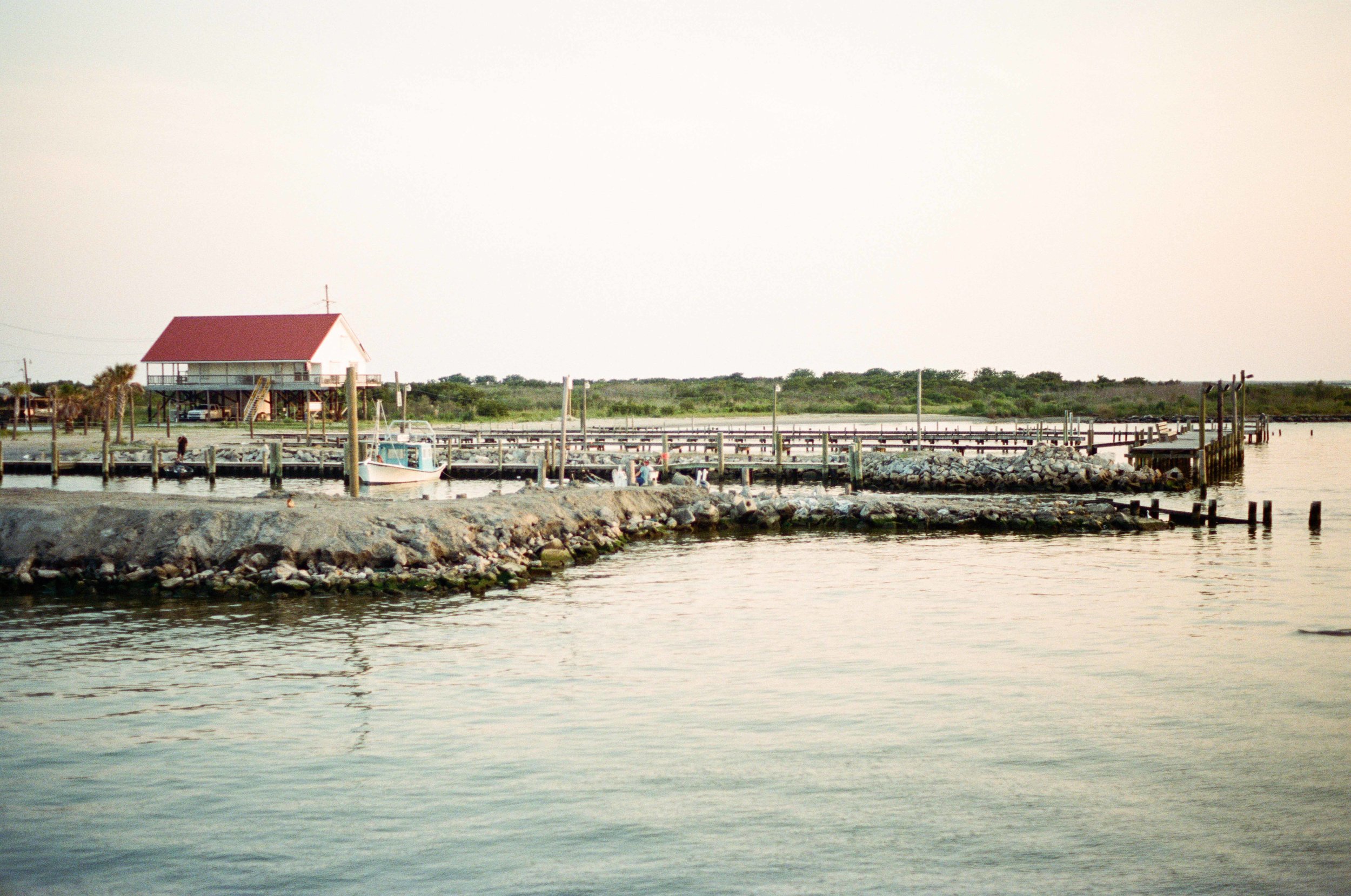“He saw his daughter growing up on the windy prairie in a hard-bitten town full of sun-wrinkled geezers, tomato barbecue, Pearl beer, and country music.
”
After spending three nights in Baton Rouge, we hopped in the van and headed for Cajun Country. We stayed at the Bayou Cabins Bed & Breakfast in Breaux Bridge, a small town with a population of about 8,000. Candace, Claire, Lauryn, Ryan, and I stayed in cabin 11, the “Maison De Parrain (Godfather’s House)”. The cabin was homey and eclectic with bright blue, green, and yellow paint on the walls, homemade quilts and mismatching sheets, a shiny gold replica of Jean LaFitte’s pirate ship, and an antique mirror. At breakfast the owners served us crawfish-shaped beignets and pointed out baby Hunter Hayes’ picture on the wall. Hunter grew up in Breaux Bridge three blocks away from the Bayou Cabins and on Sundays would participate in a kids’ Cajun music jam session. Lafayette, the largest city in Cajun Country, was about a 30 minute drive away. Our first night in Breaux Bridge we drove to Randol’s, a Cajun seafood place, for dinner. At Randol’s we watched old-timers dance enthusiastically to live Cajun music, and some of us including Andrew even joined in for a song or two.
Breaux Bridge was a nice change from the hustle and bustle of New Orleans. My favorite experience in Cajun Country was going to listen to authentic Cajun music at Joie de Vivre (“joy of life”) Cafe in Breaux Bridge. The coffee shop was alive with energy and enthusiasm. I could have sat listening to the music all day long. Every person we talked to was genuinely interested in hearing about what we we doing in Louisiana and what we were reading. They also wanted to tell us about themselves and give us insight into Cajun culture, history, and traditions and they were eager to let us participate. Jenny and I were talking to one of the musicians, Joe, and telling him that we were reading Tim Gautreaux; he told us to read “The Bug Man”, his favorite Tim Gautreaux short story. Andrew jumped in on the violin; others tried their hand at the triangle and the instrument made from an old wash basin. We snapped pictures and recorded on our phones as Andrew was playing and when the song was over we cheered loudly beaming with pride for our leader.
With the above shot I ran out of film. It is the only shot I got on my camera at Joie de Vivre.
Visiting Cajun Country was a much needed respite from the busyness and constant hum of a big city. Compared to Los Angeles where people avoid eye contact walking past you on the sidewalk, in Breaux Bridge I was reminded of humankindness.

